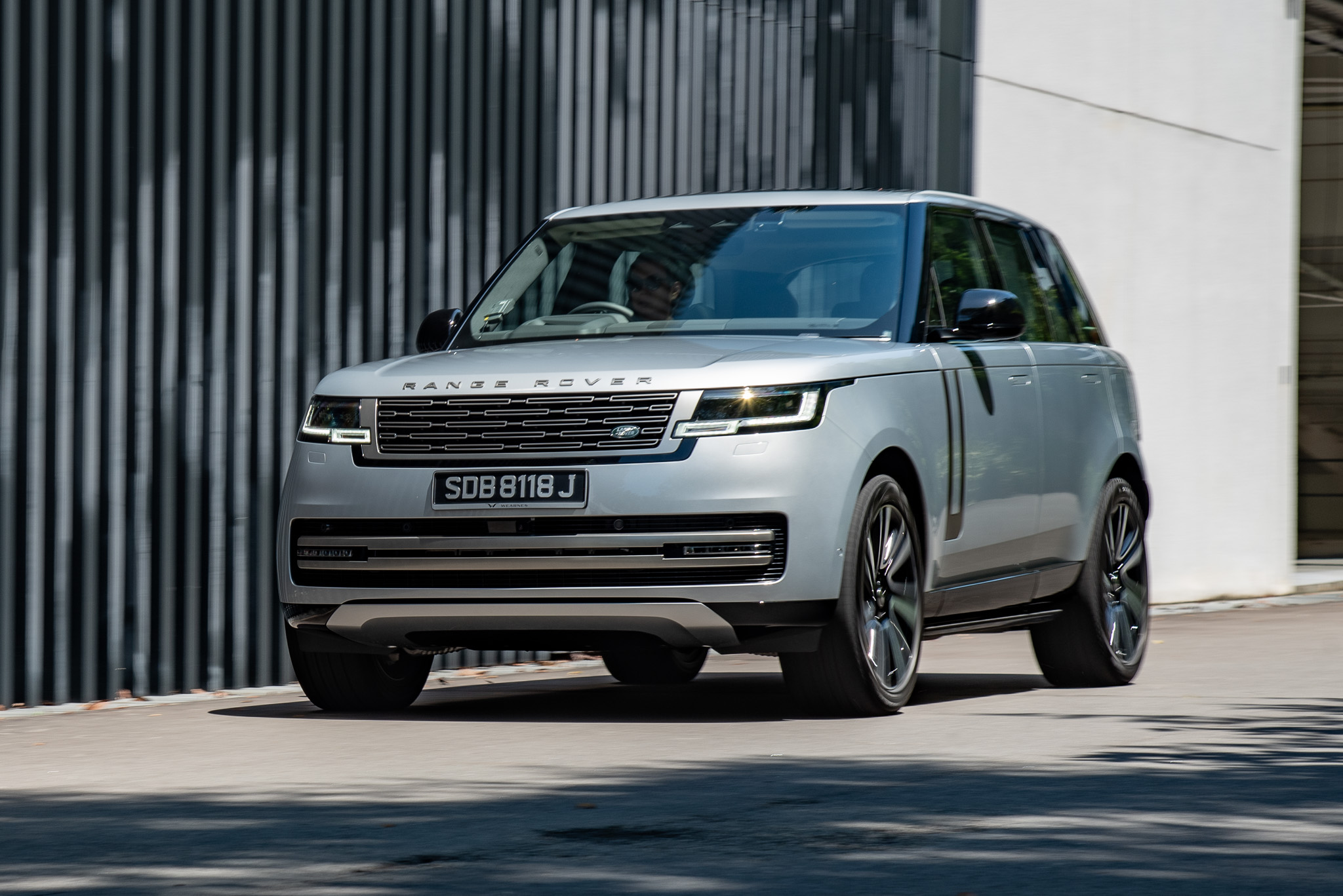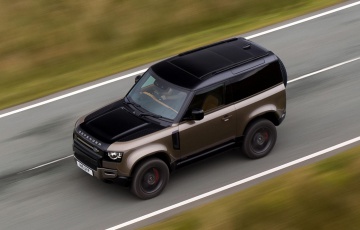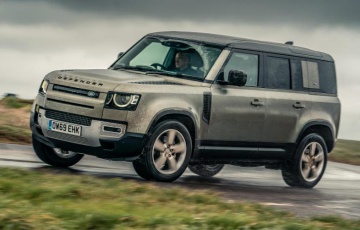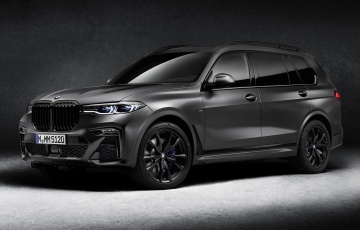Range Rover P440e 3.0 SE PHEV Drive Review : Power Bank
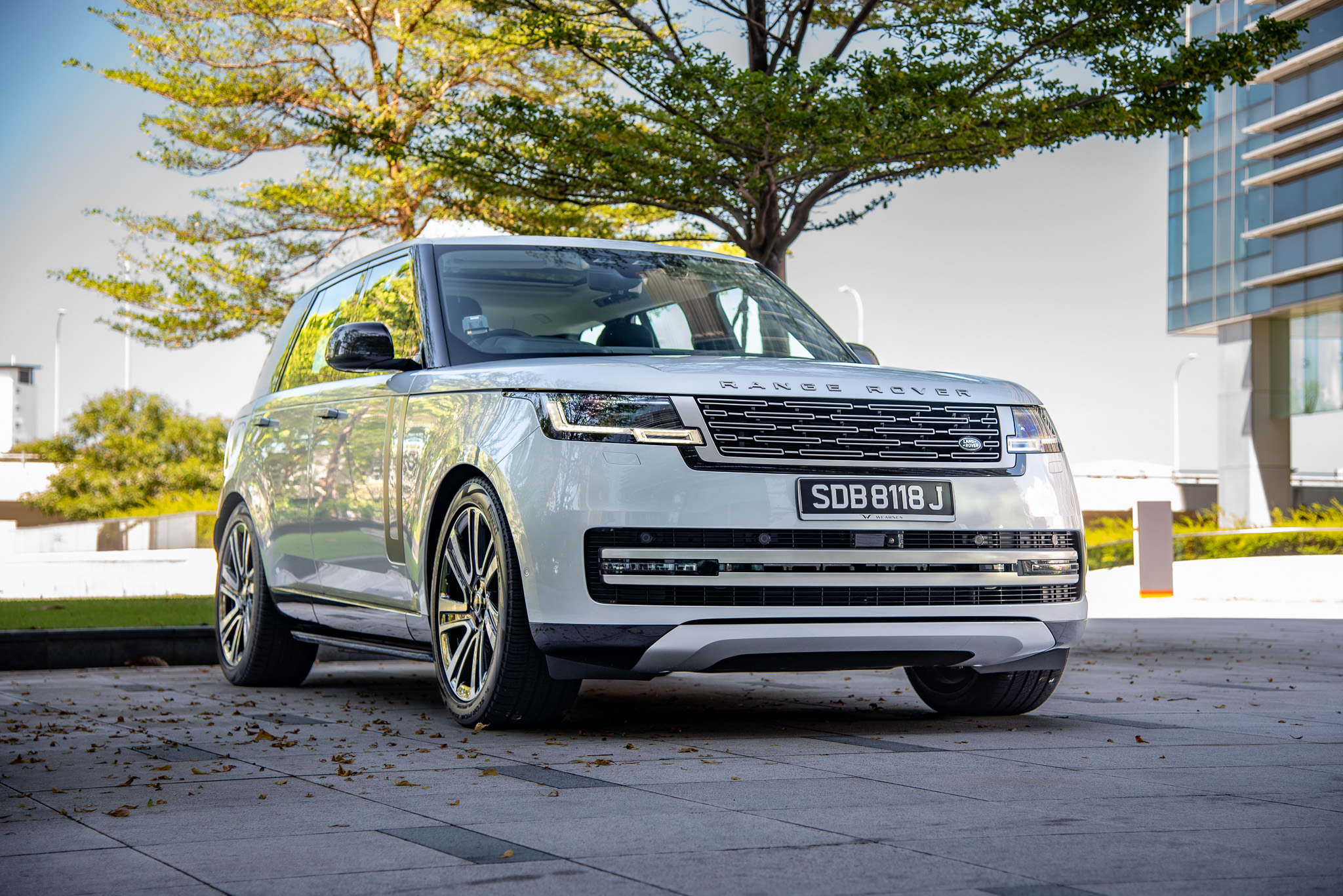
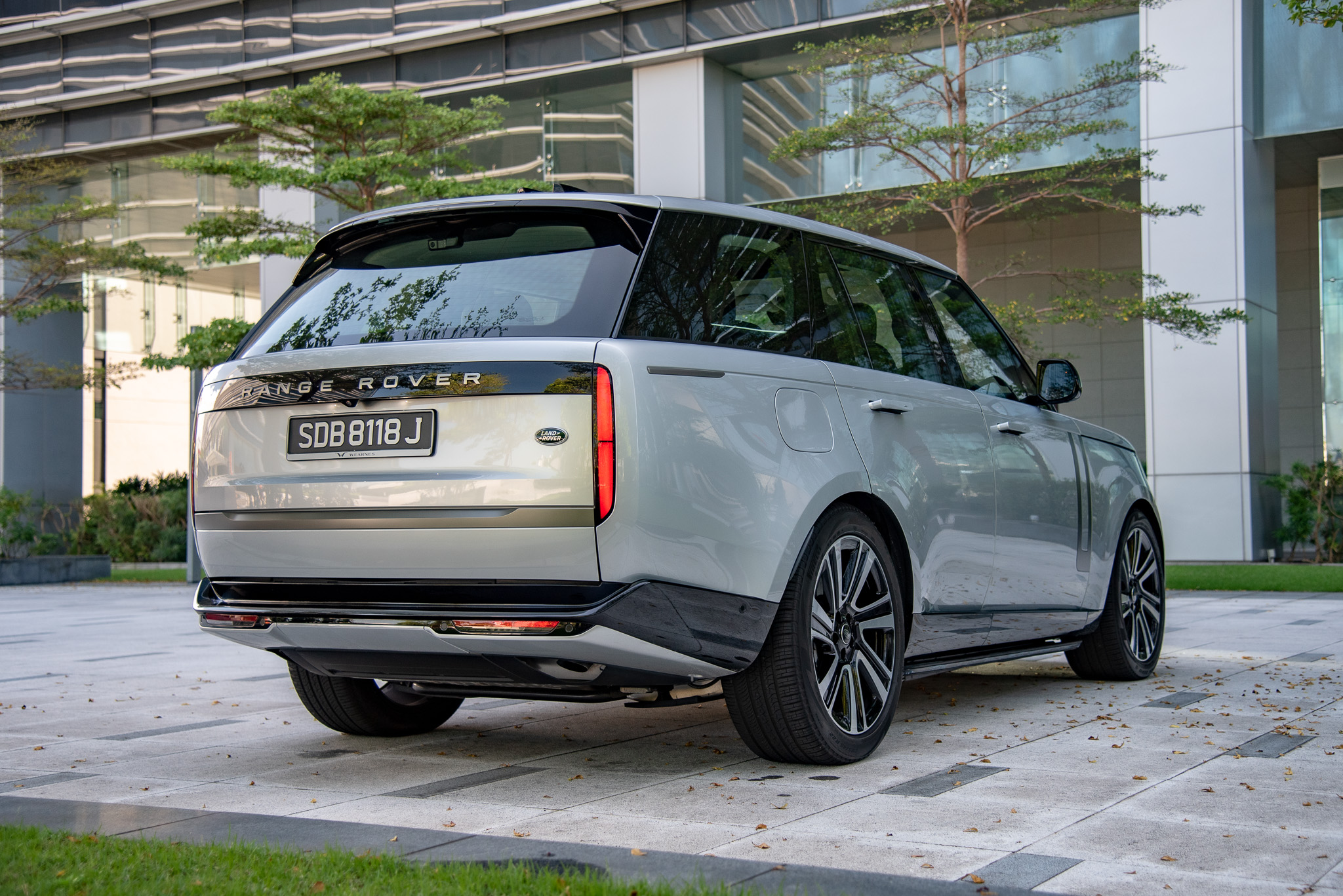
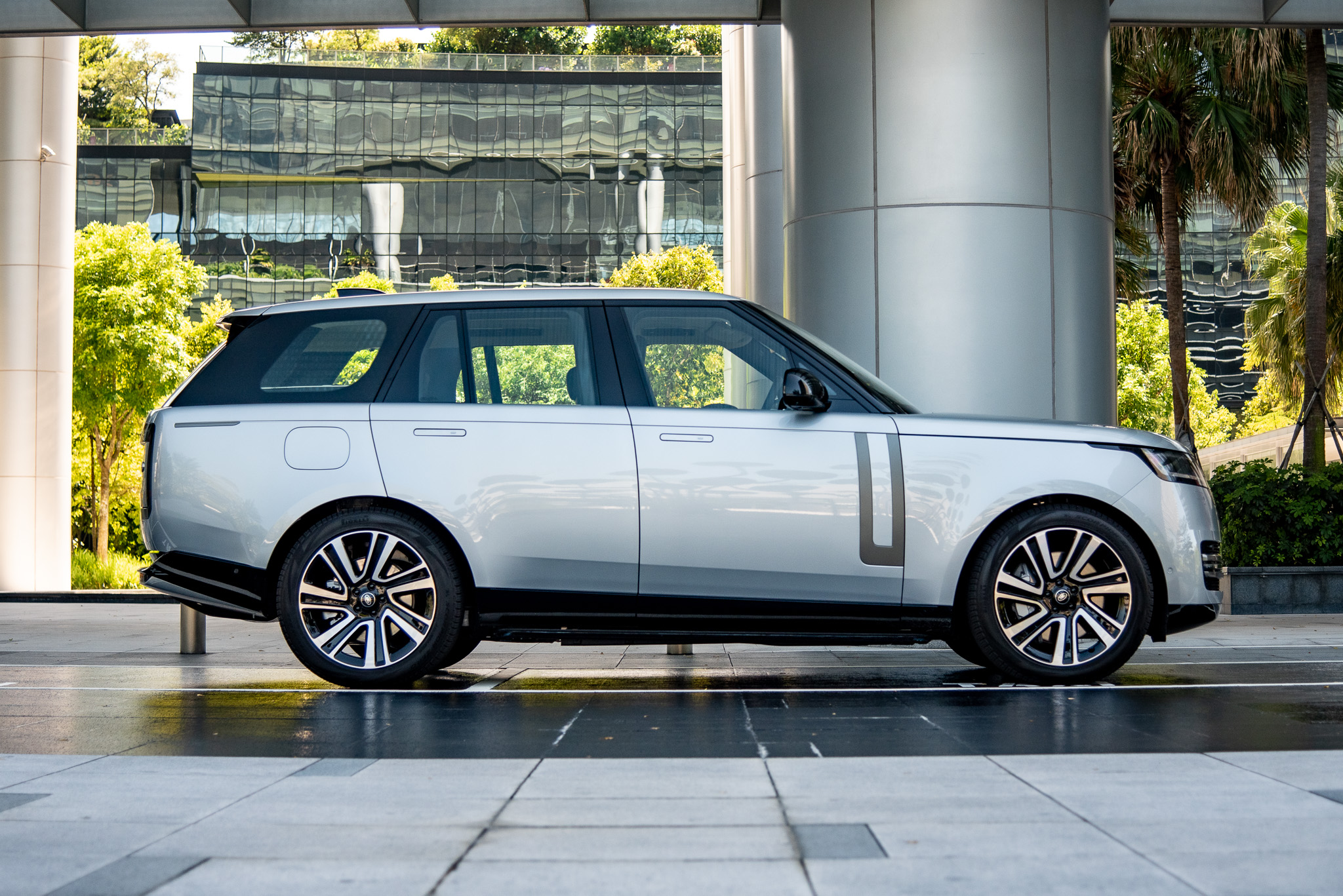
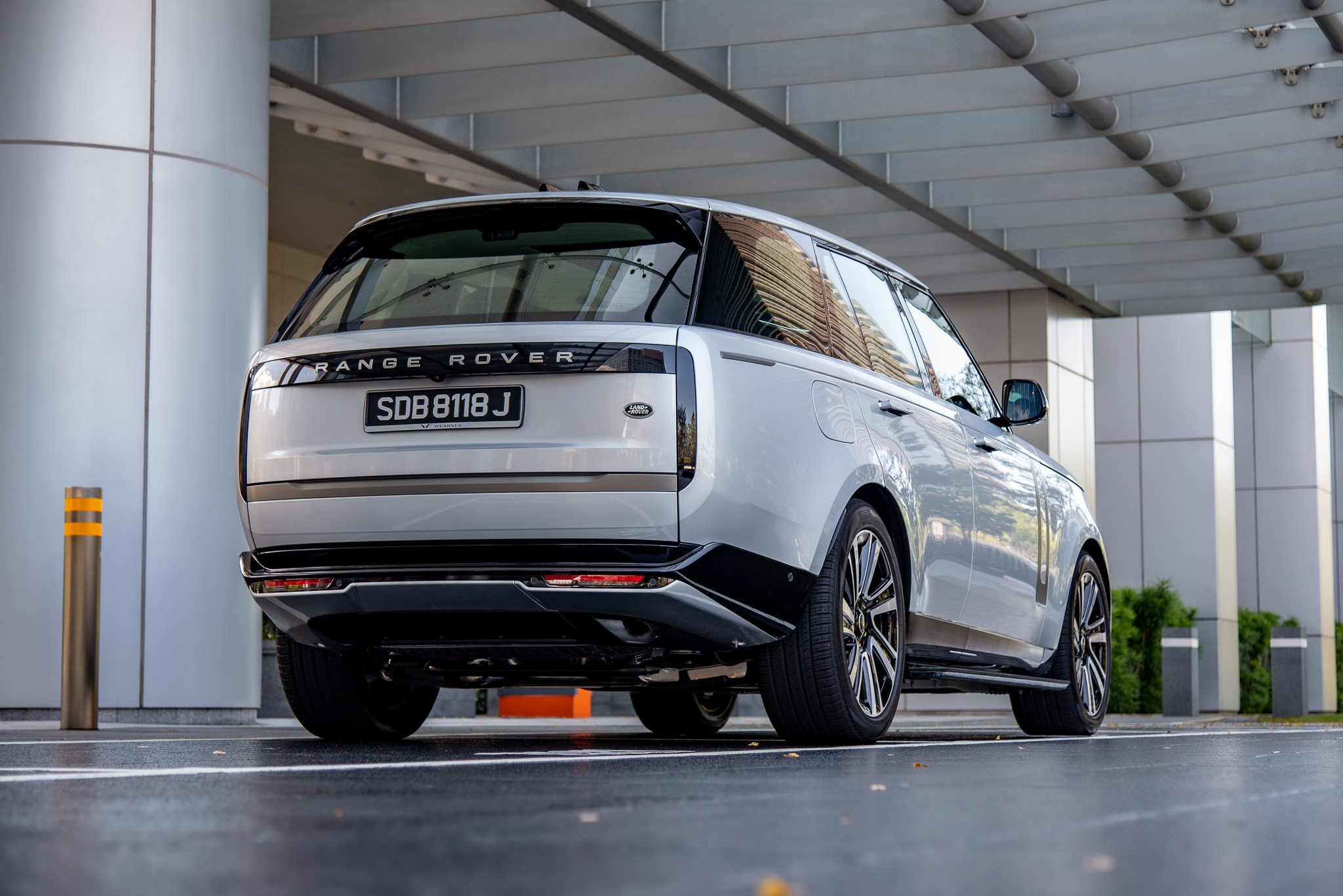
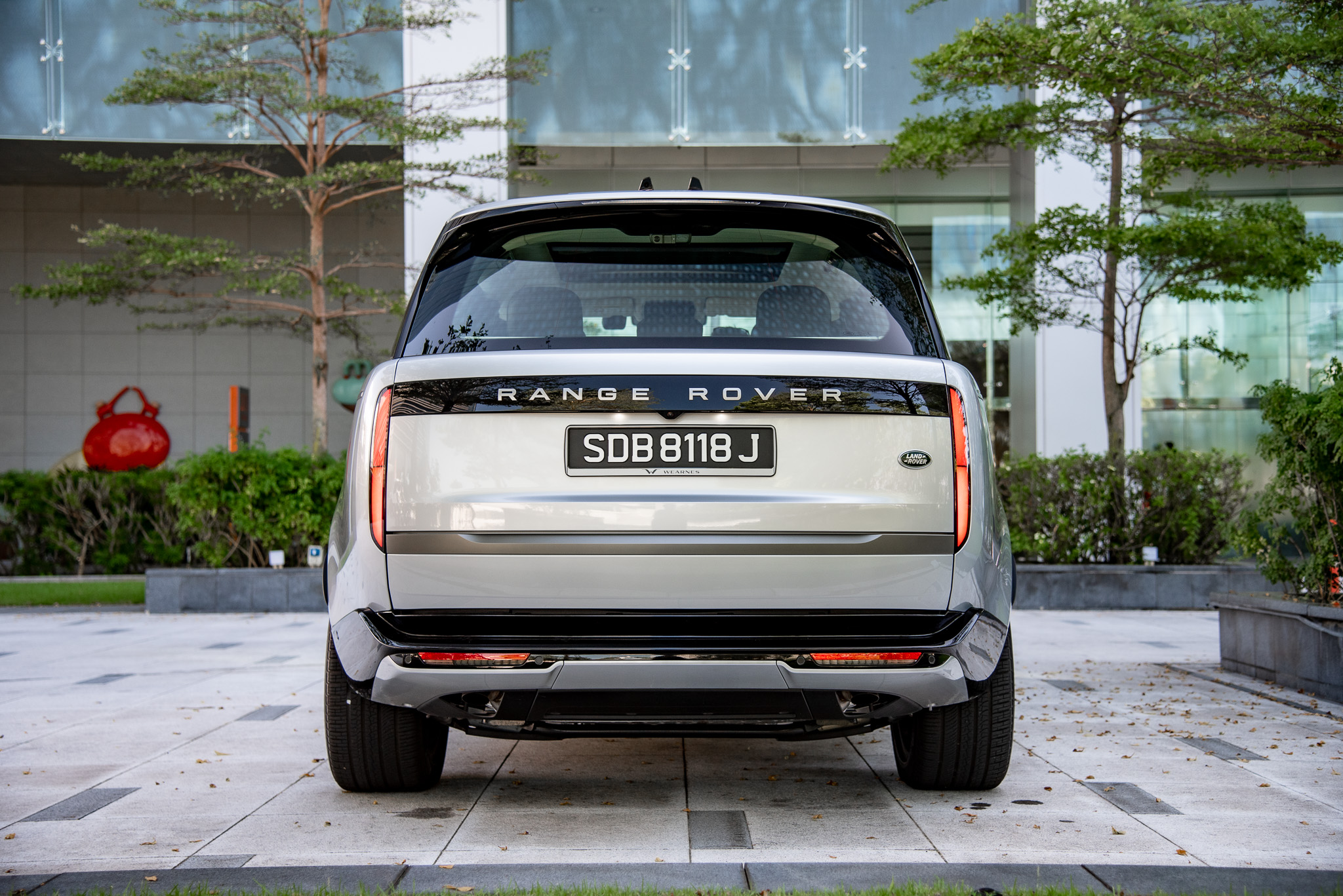
Range Rover PHEV P440e 3.0 SE Drive Review : Power Bank
Singapore - Given a choice, we’d take any Range Rover (or Land Rover, for that matter) in turbodiesel guise – yes, even today.
Huge torque, huge range and effortless waftability are traits commonly associated with the TDI engine… and also the Range Rover marque.
Of course, the TDI engine has been thoroughly discredited and hugely vilified thanks to the Dieselgate furore, which pretty much accelerated everyone's plans to pivot towards electrified powertrains.
The P440e 3.0 SE is Range Rover’s first plus-sized PHEV model (that supports quick DC charging to boot) – some of you might recall the last PHEV Range Rover Sport model from the previous gen.
For just 40hp / 70Nm more (than the 3.0P SE MHEV), the new P440e makes it into VES Band B (the MHEV is C2), boasts an 'on-paper' 1.7l/100km (the MHEV is 10.2l/100km) and saves you about eight grand (S$785,999 vs S$793,999).
However, it also adds 300+kg to kerbweight in the process over the MHEV 3.0P’s 2.4-tonnes.
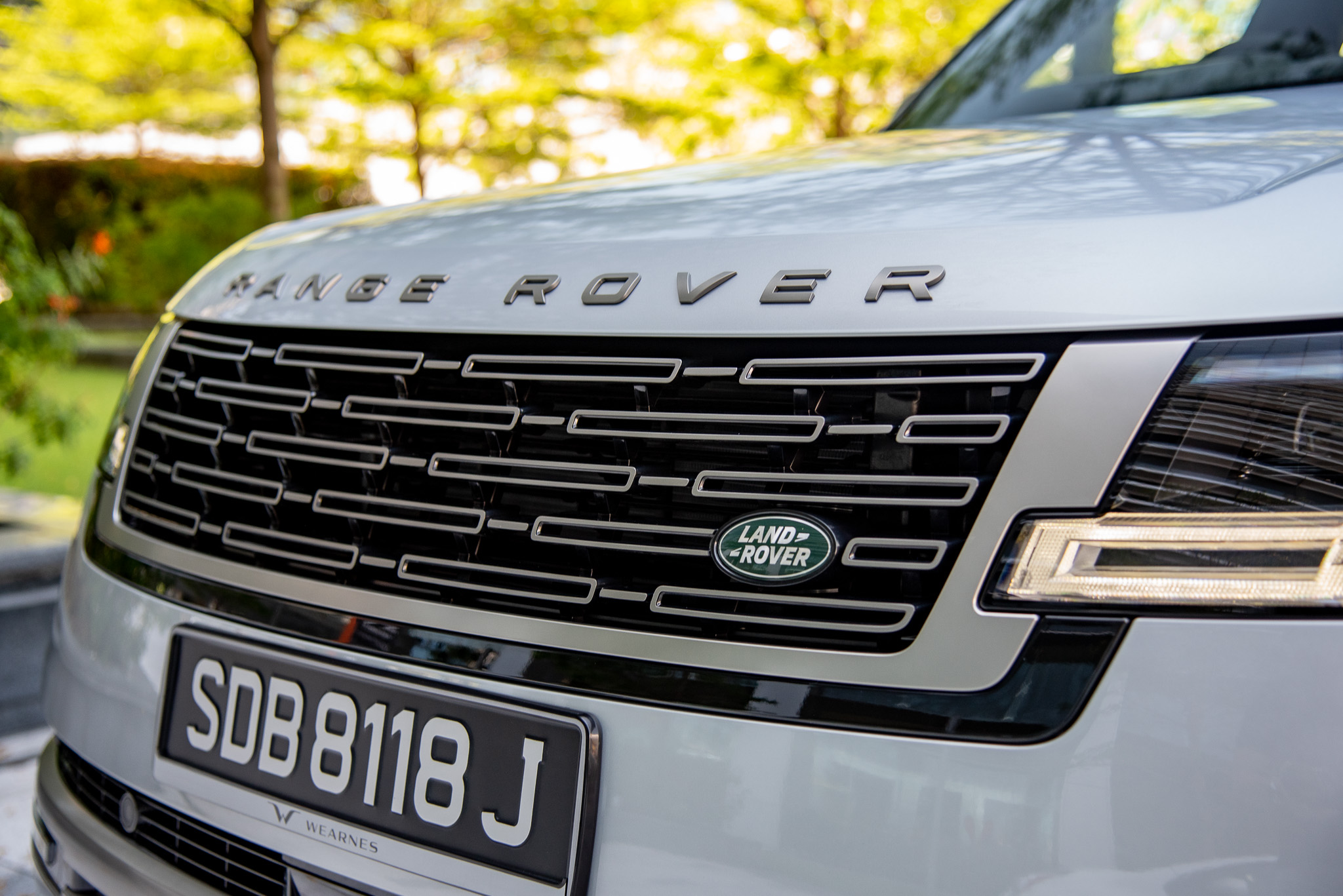
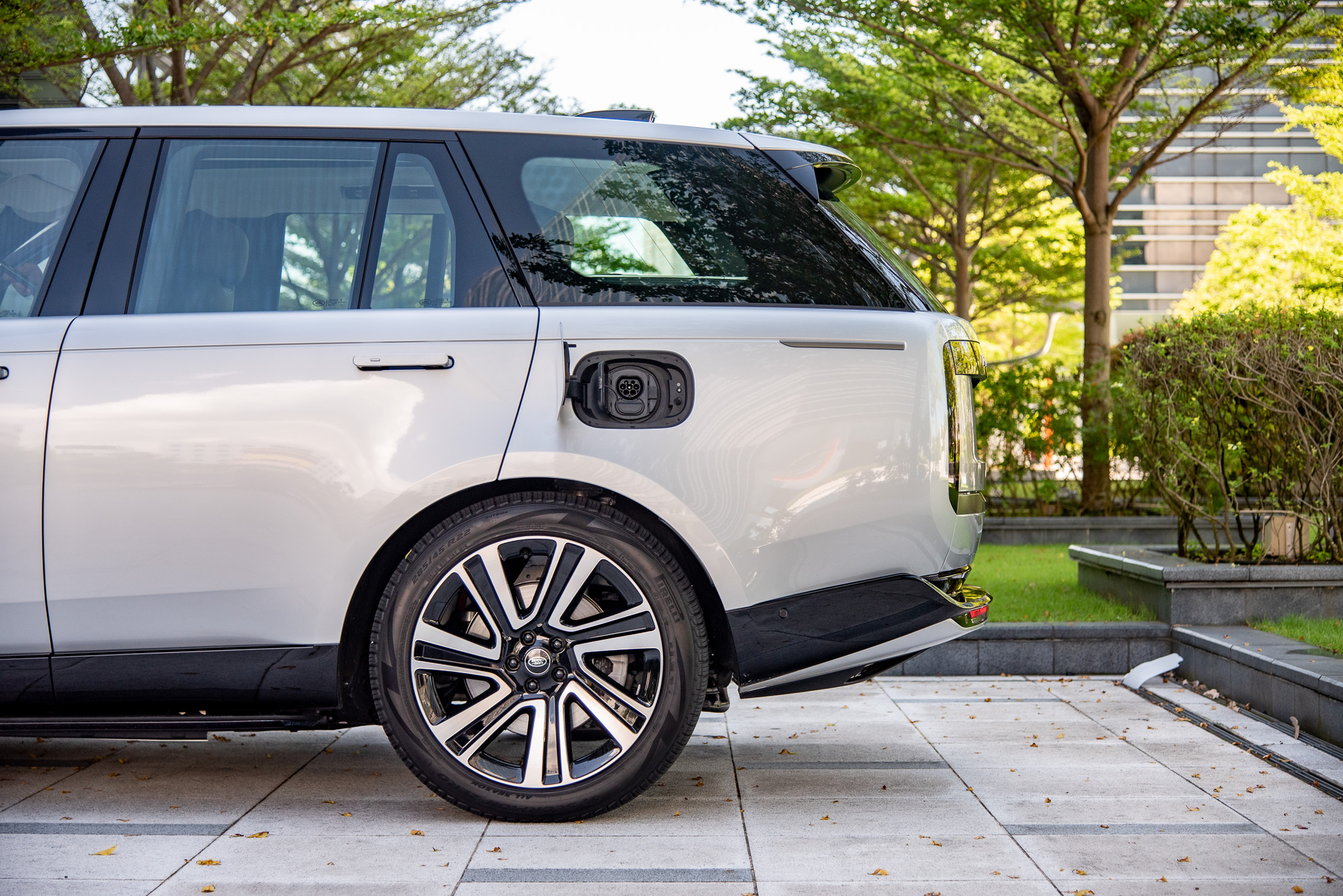
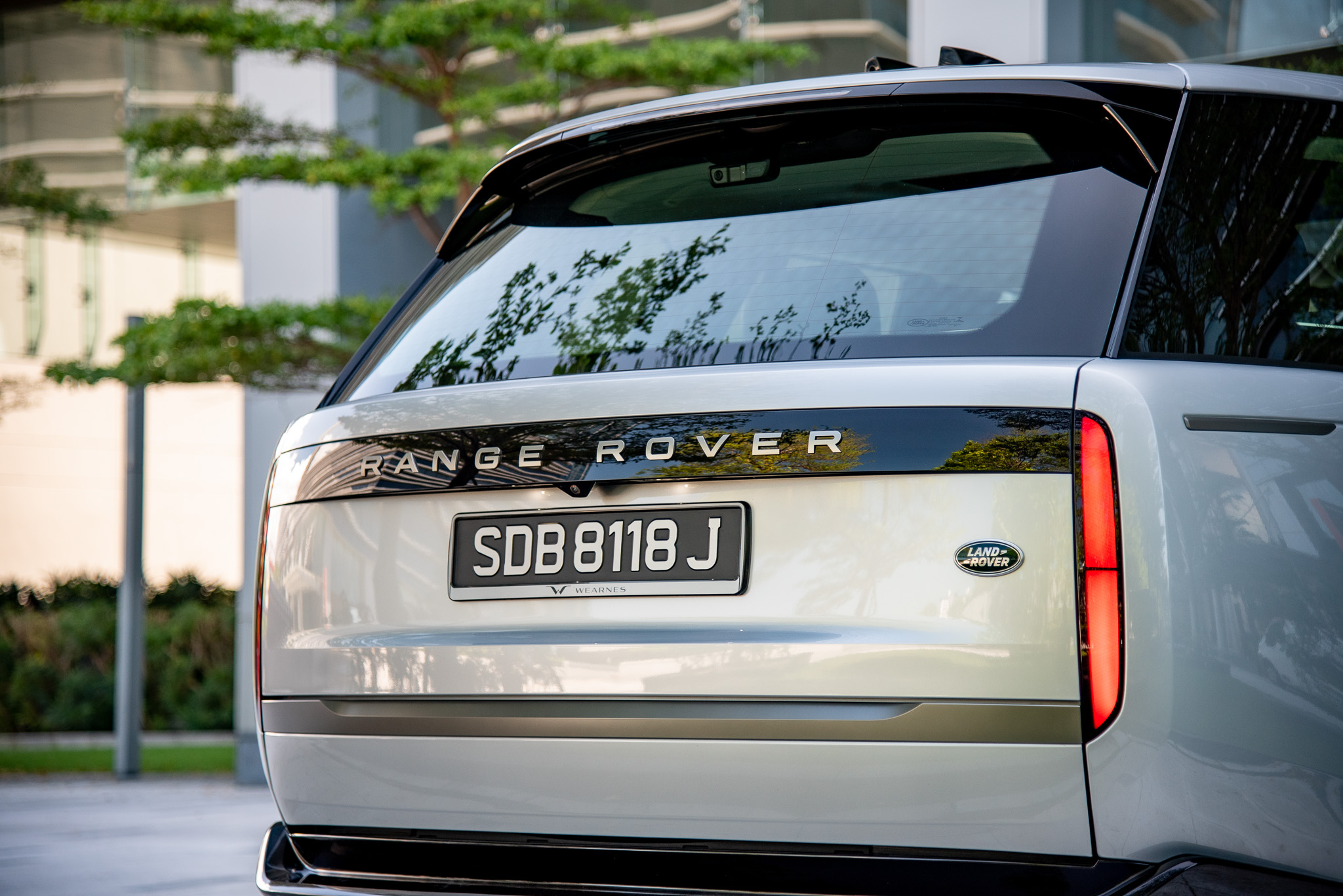
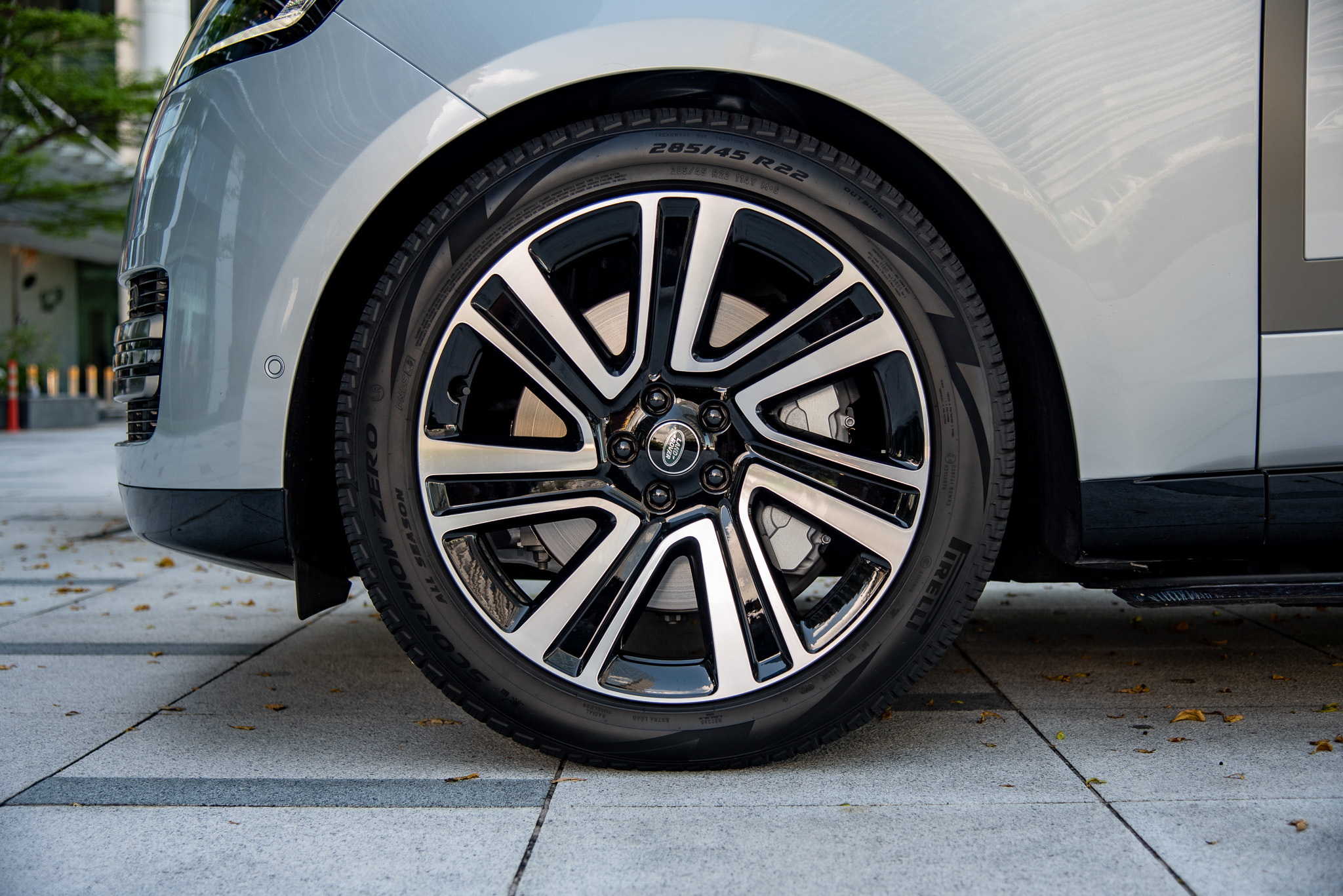
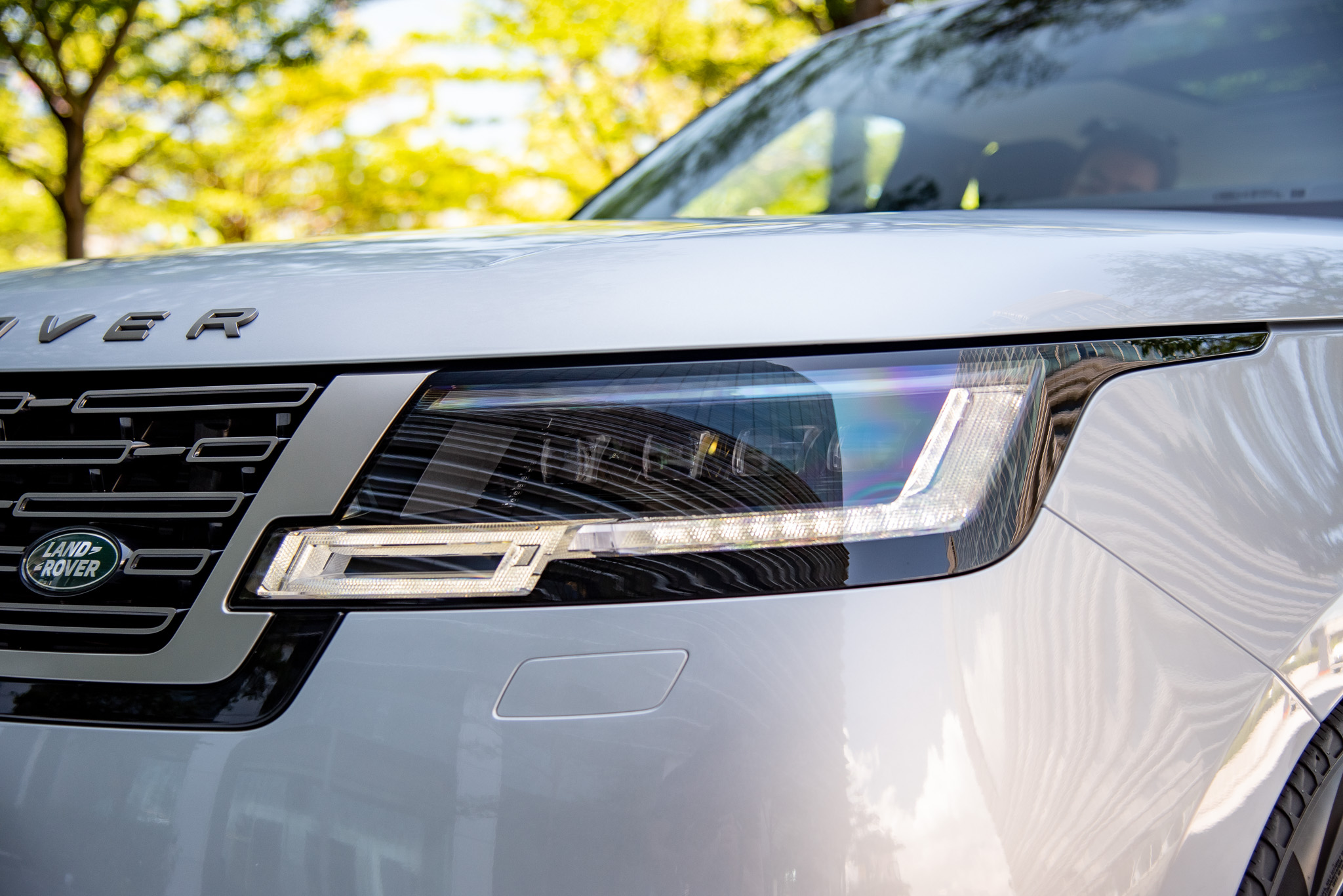
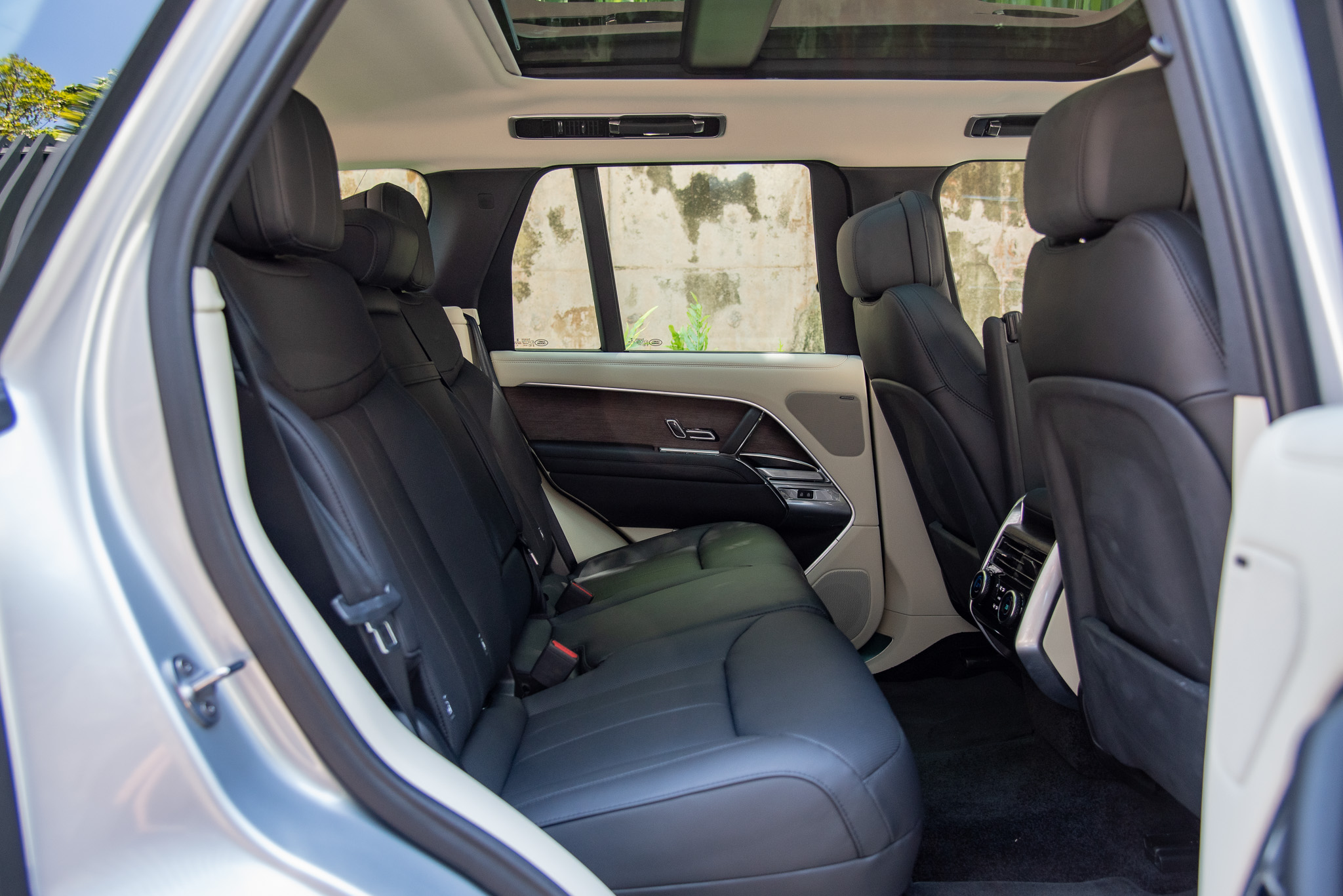
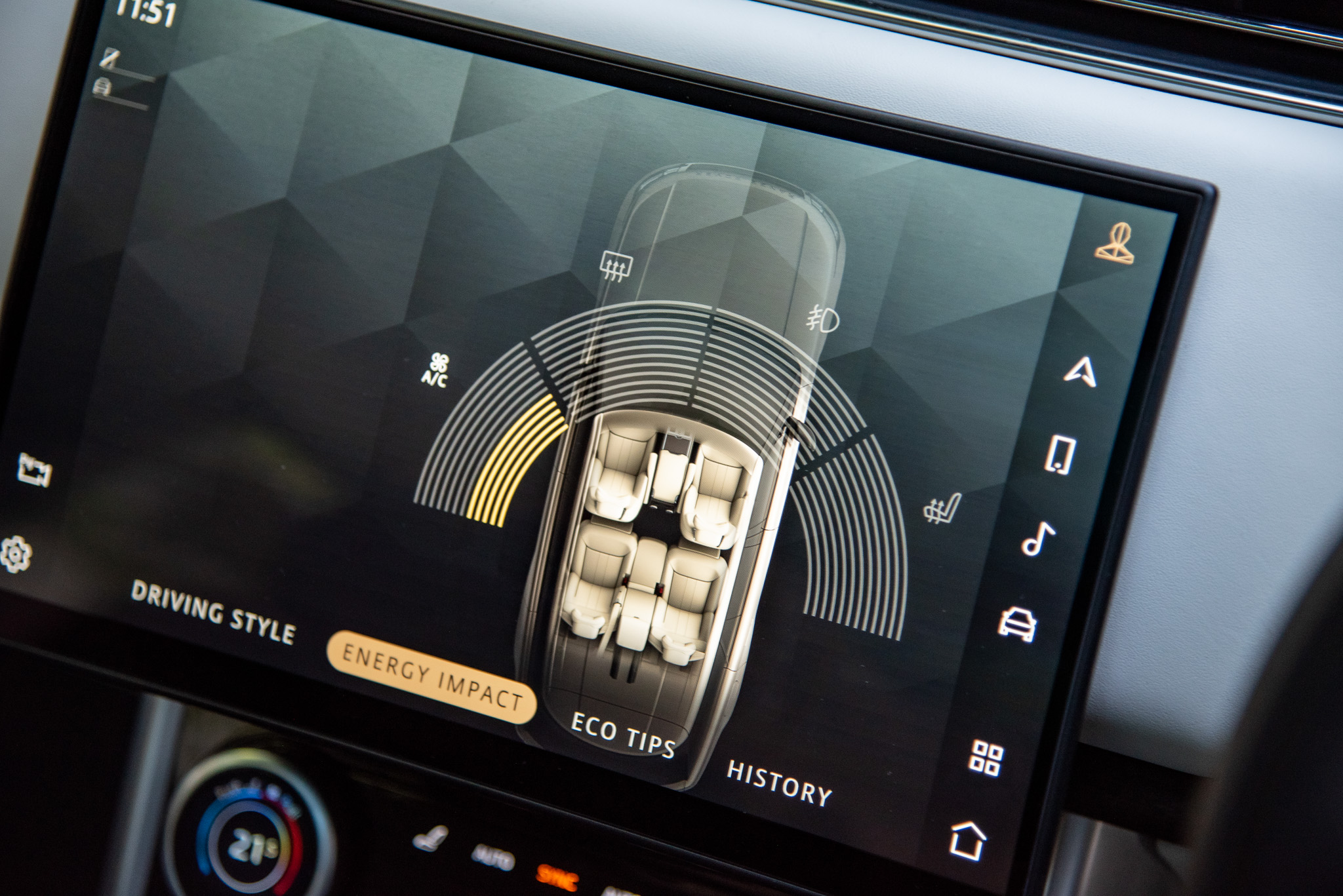
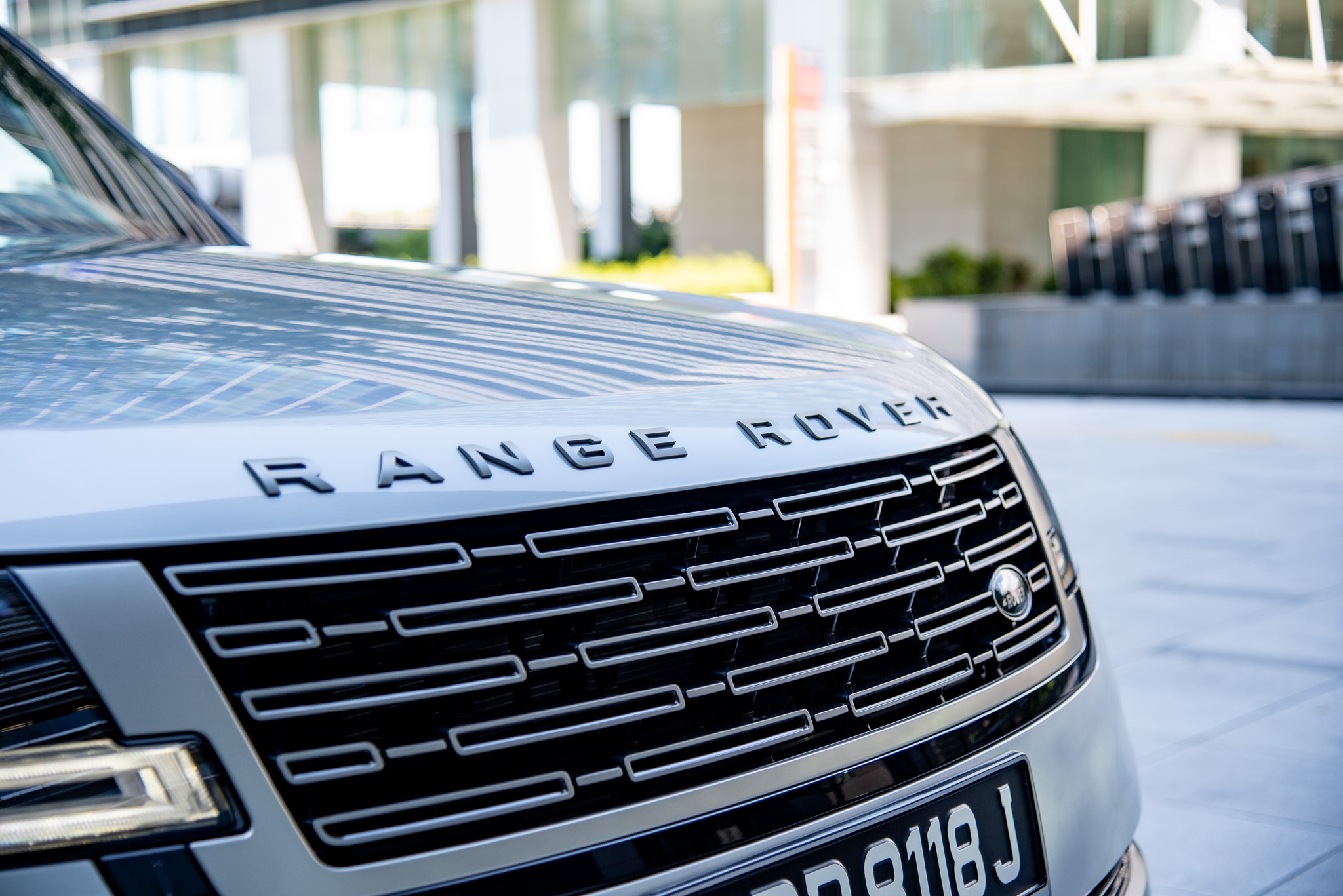
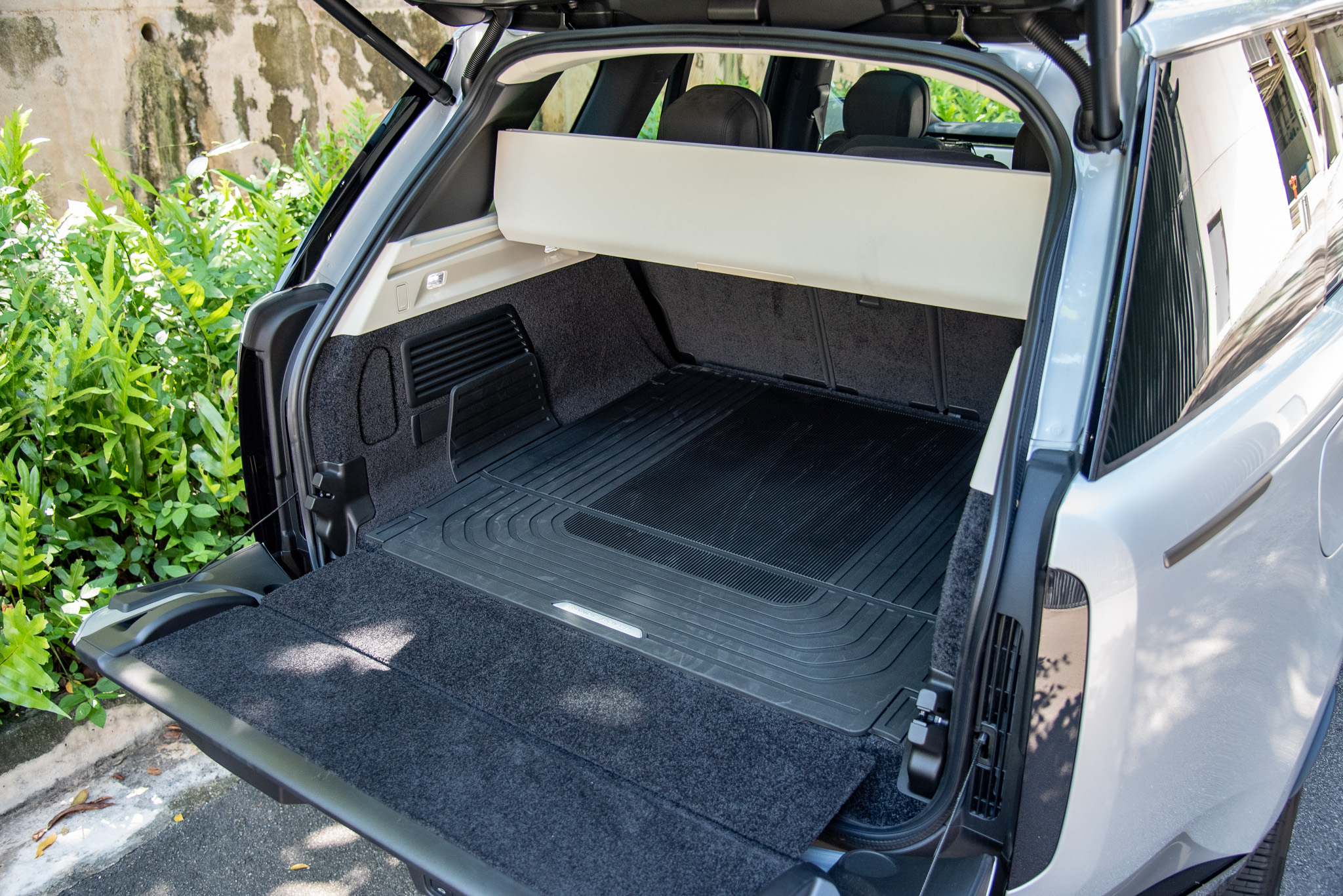
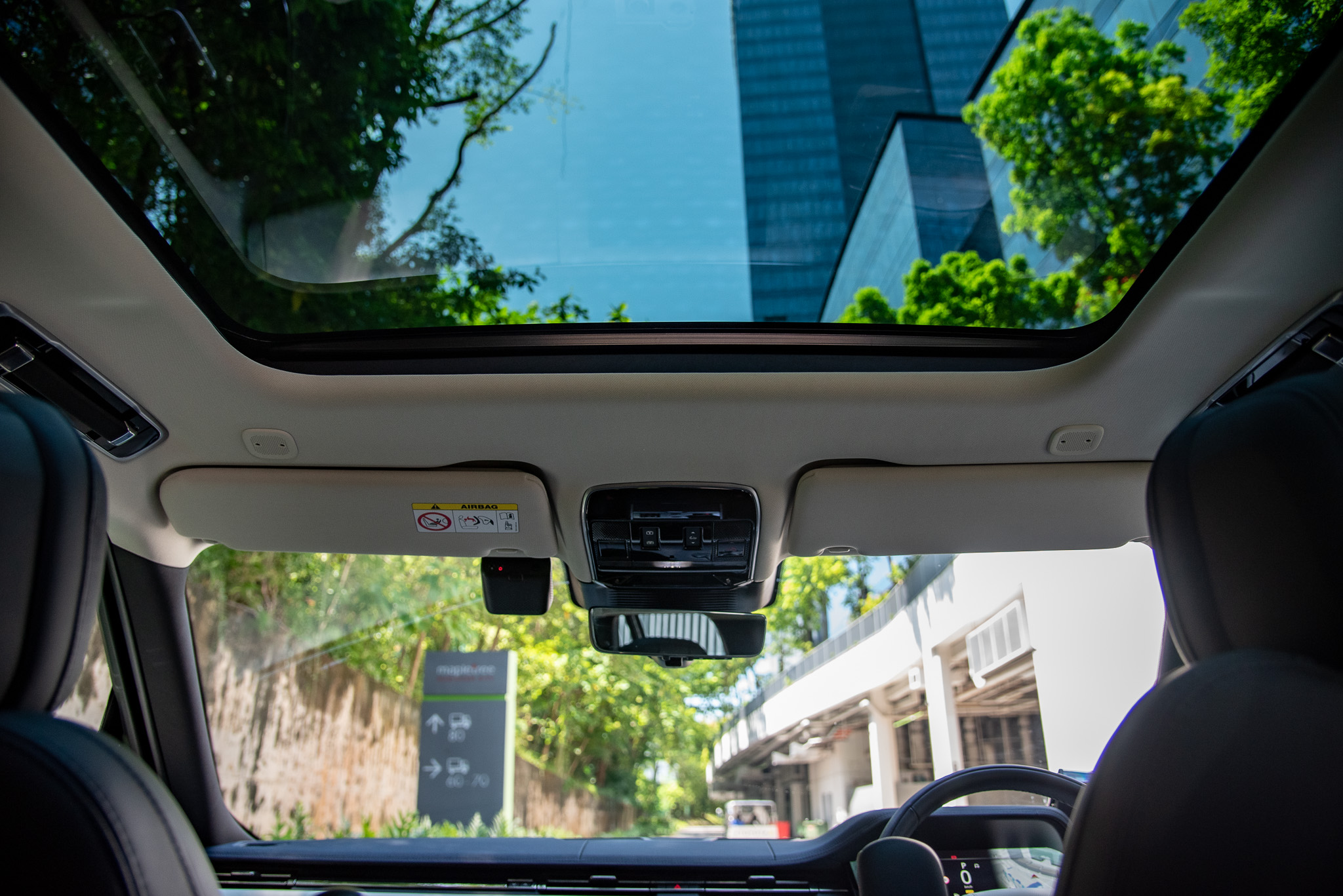
Rolls-Royce (the other RR) got it right by skipping the whole plug-in petrol-electric hybrid middle-ground and leaping straight into full-electric with the Spectre – after all, an EV’s seamless surge is right smack in Rolls-Royce’s territory.
For what it’s worth, we understand Range Rover intends to introduce an all-electric model come 2024, with deliveries likely to start 2025 at earliest, if not later.
Ultimately, we don’t see owners of the range-topping Range Rover model (as opposed to the Evoque, Velar or Sport) as being particularly price-sensitive to VES banding and/or fuel consumption.
This is why we reckon the V6 3.0P MHEV and full-cream 4.4P V8 (Click HERE to read our Range Rover 4,4P V8 review) will continue to have top billing as far as the big kahuna of Range’s range is concerned.
Of course, if it's executed properly, a full-electric big Rangie could be the interesting one to watch out for when it eventually arrives.
At the handover, we’re told the P440e supports quick DC charging and will travel at least 80km in all-electric mode (we didn’t quite get that range).
An ‘EV’ button under the Terrain Response knob lets you toggle between hybrid and all-electric driving modes.
There’s also a new display (accessed via the 13.1-inch Pivi Pro touchscreen) to highlight battery state (of use and charging).
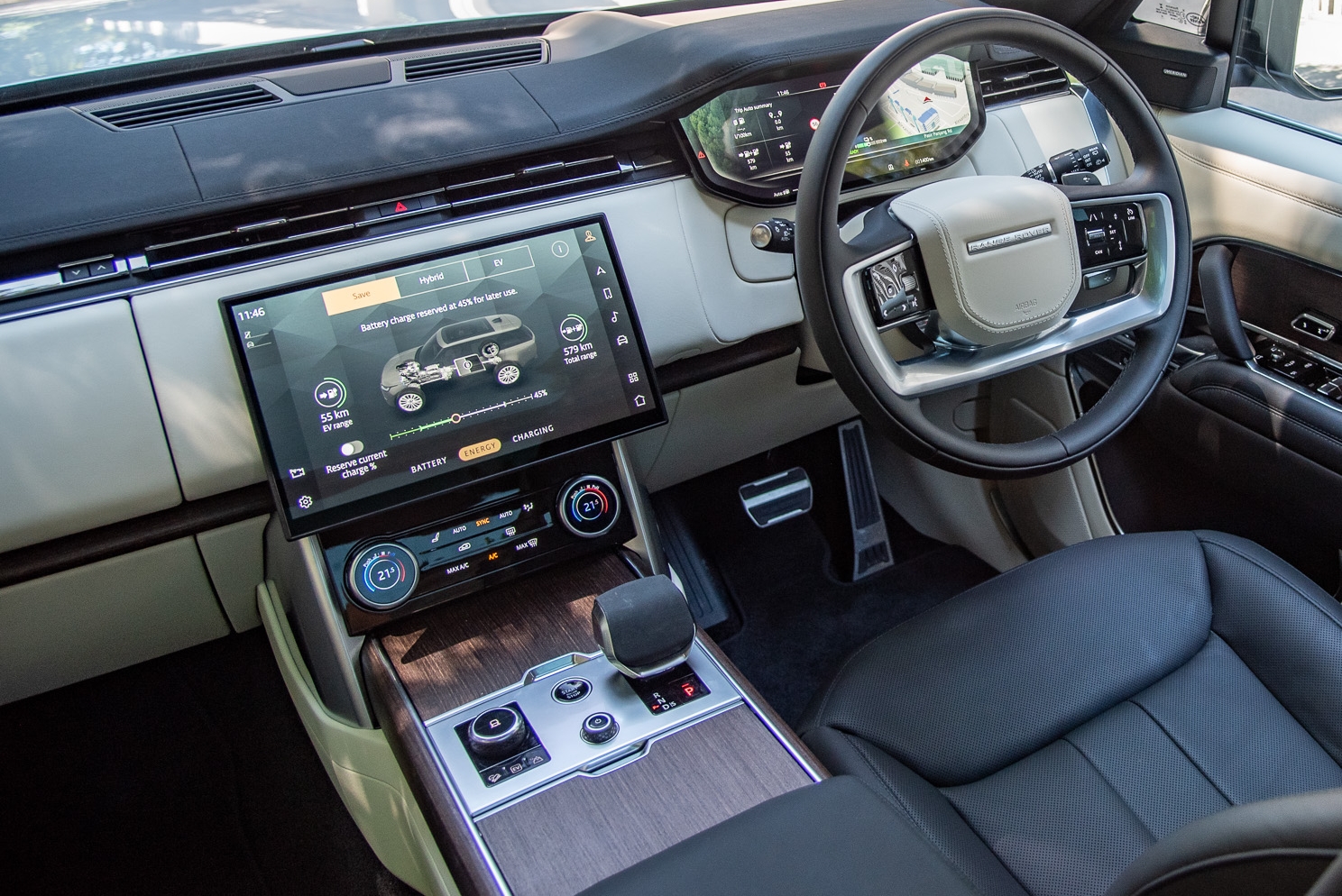
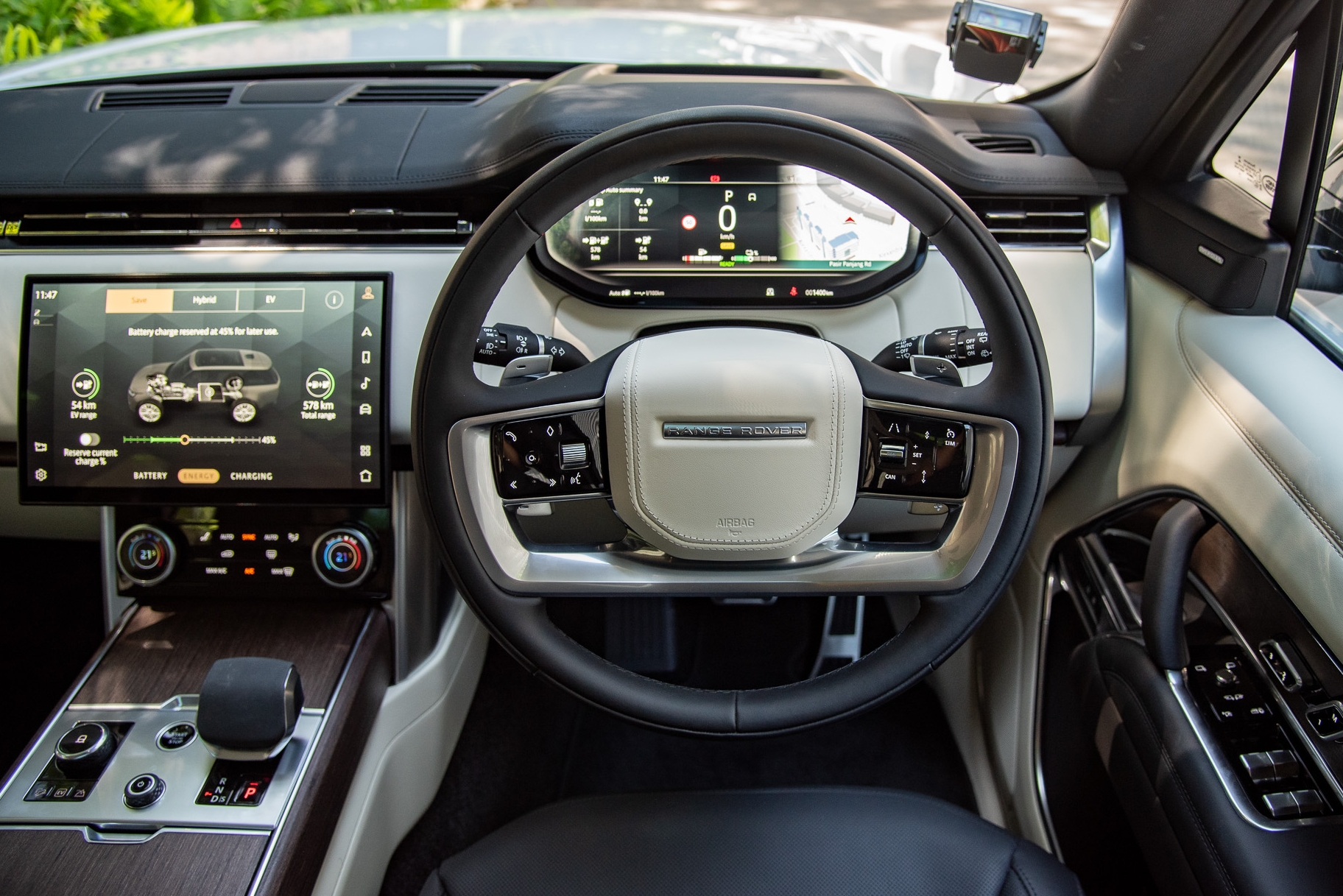
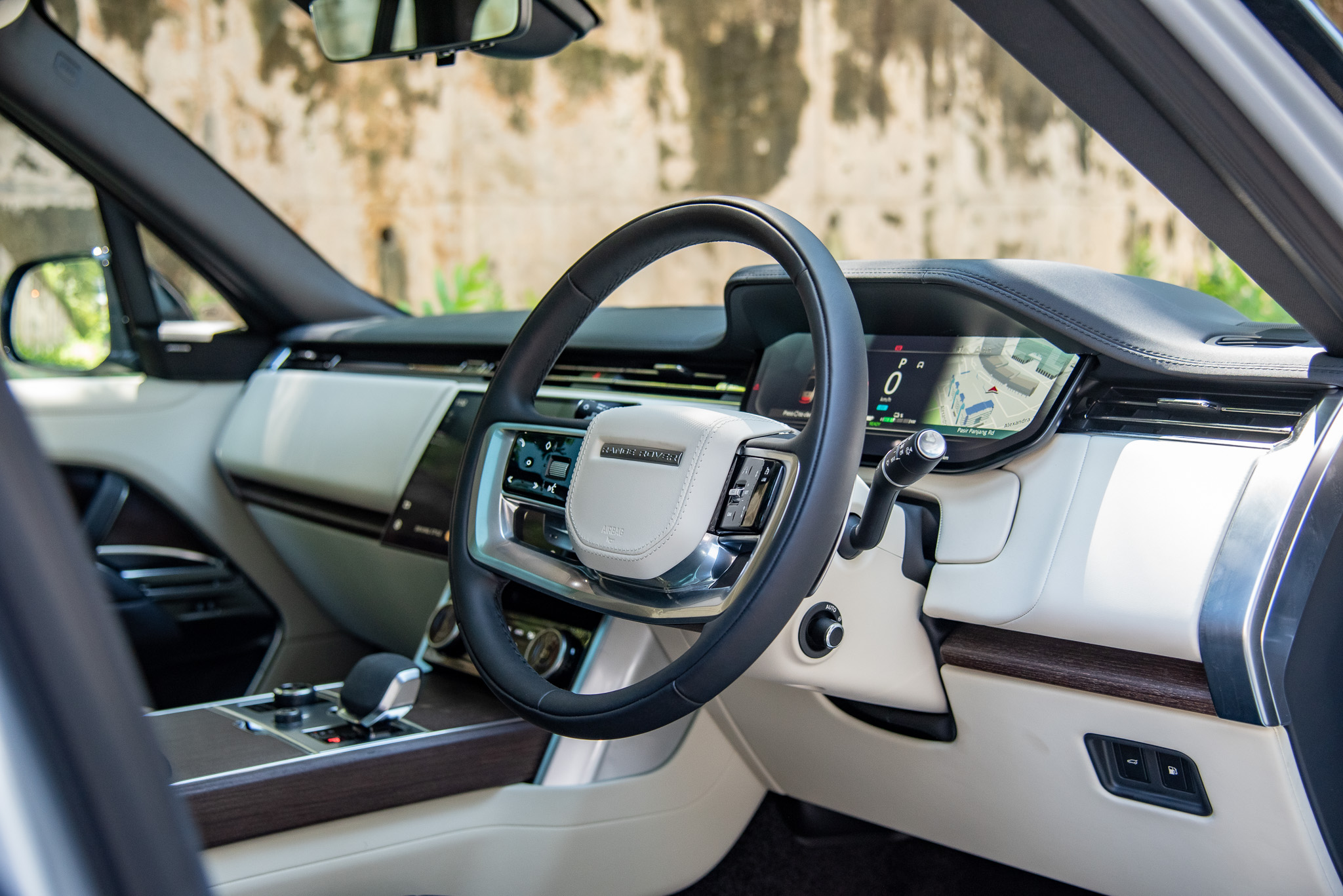
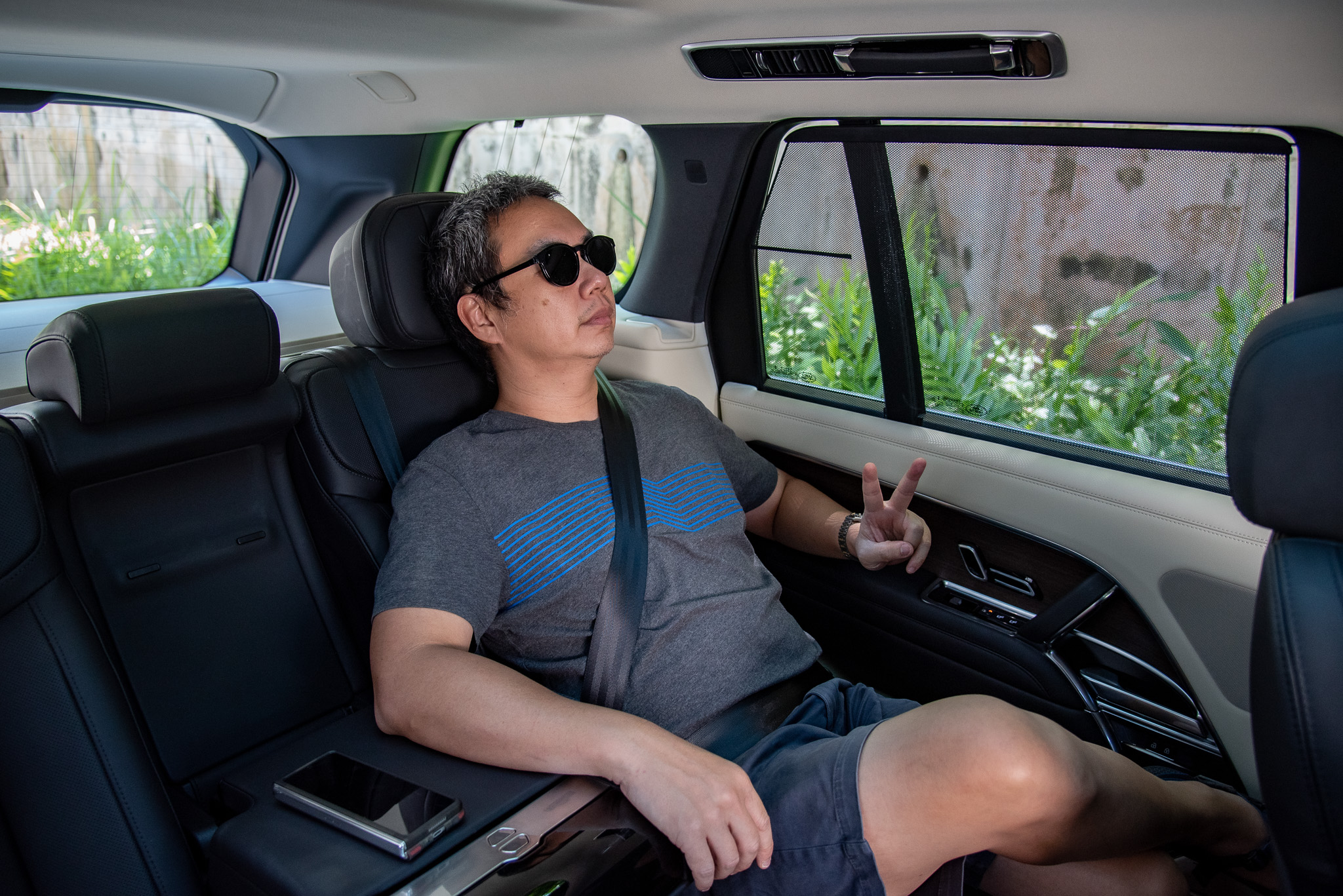
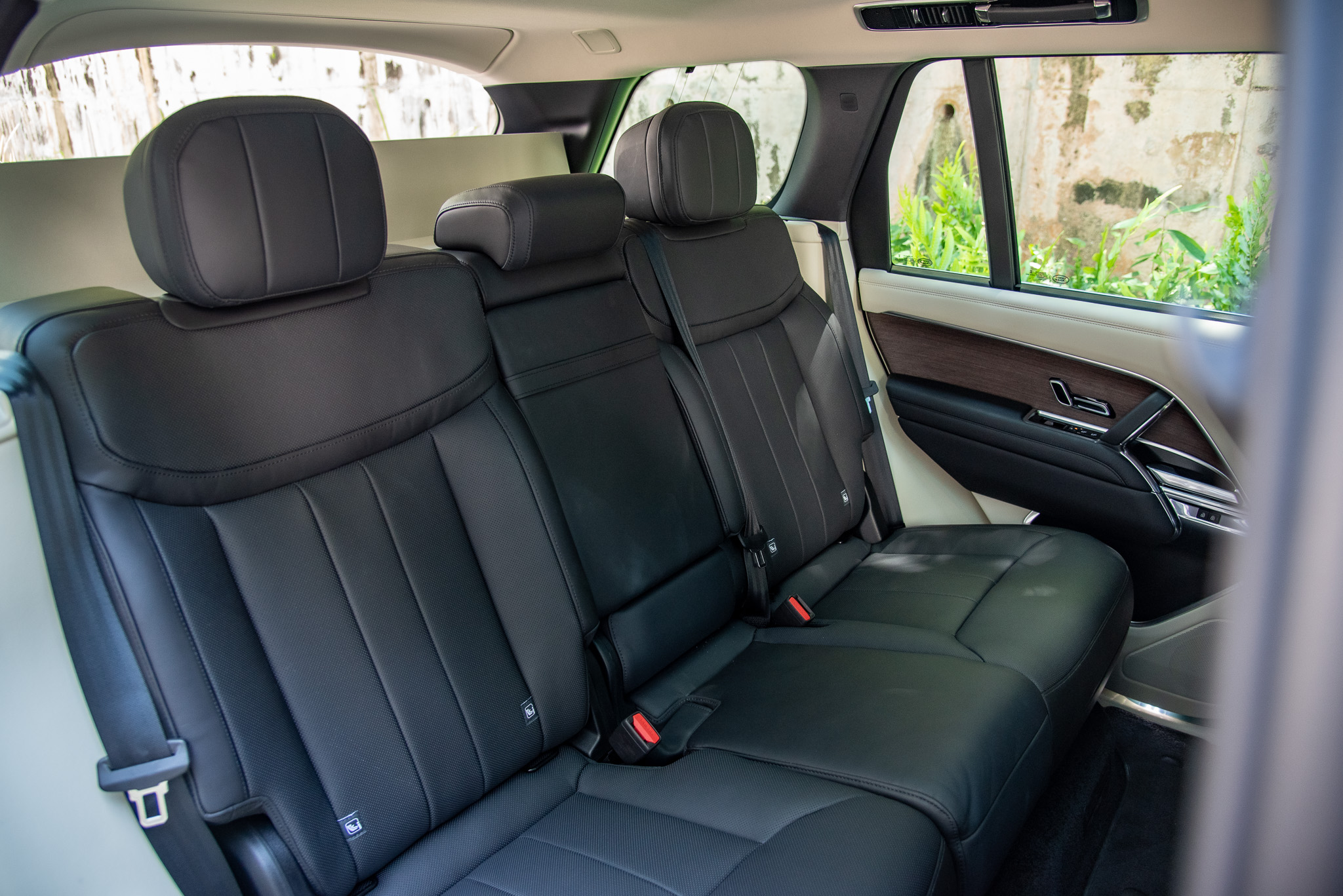
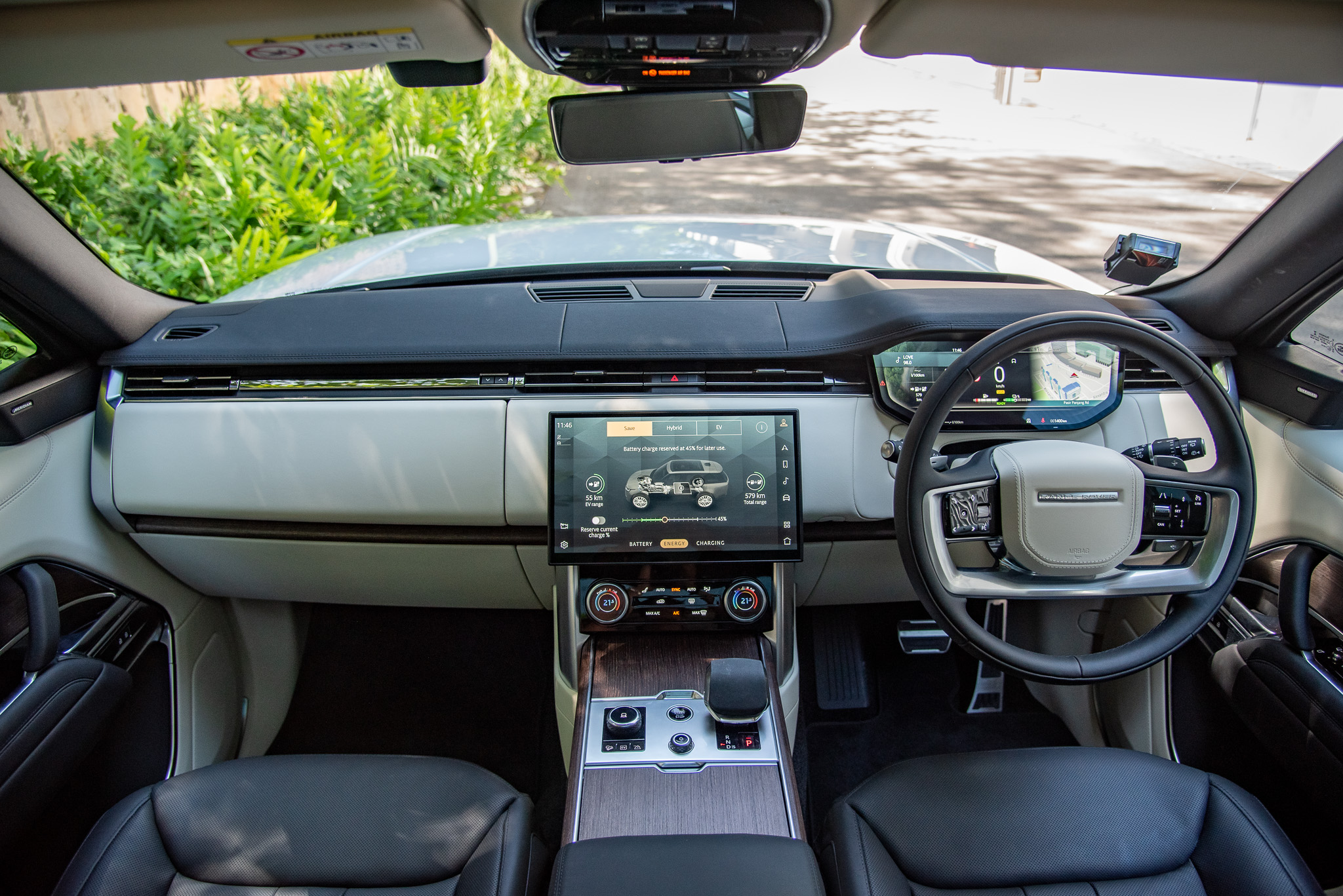
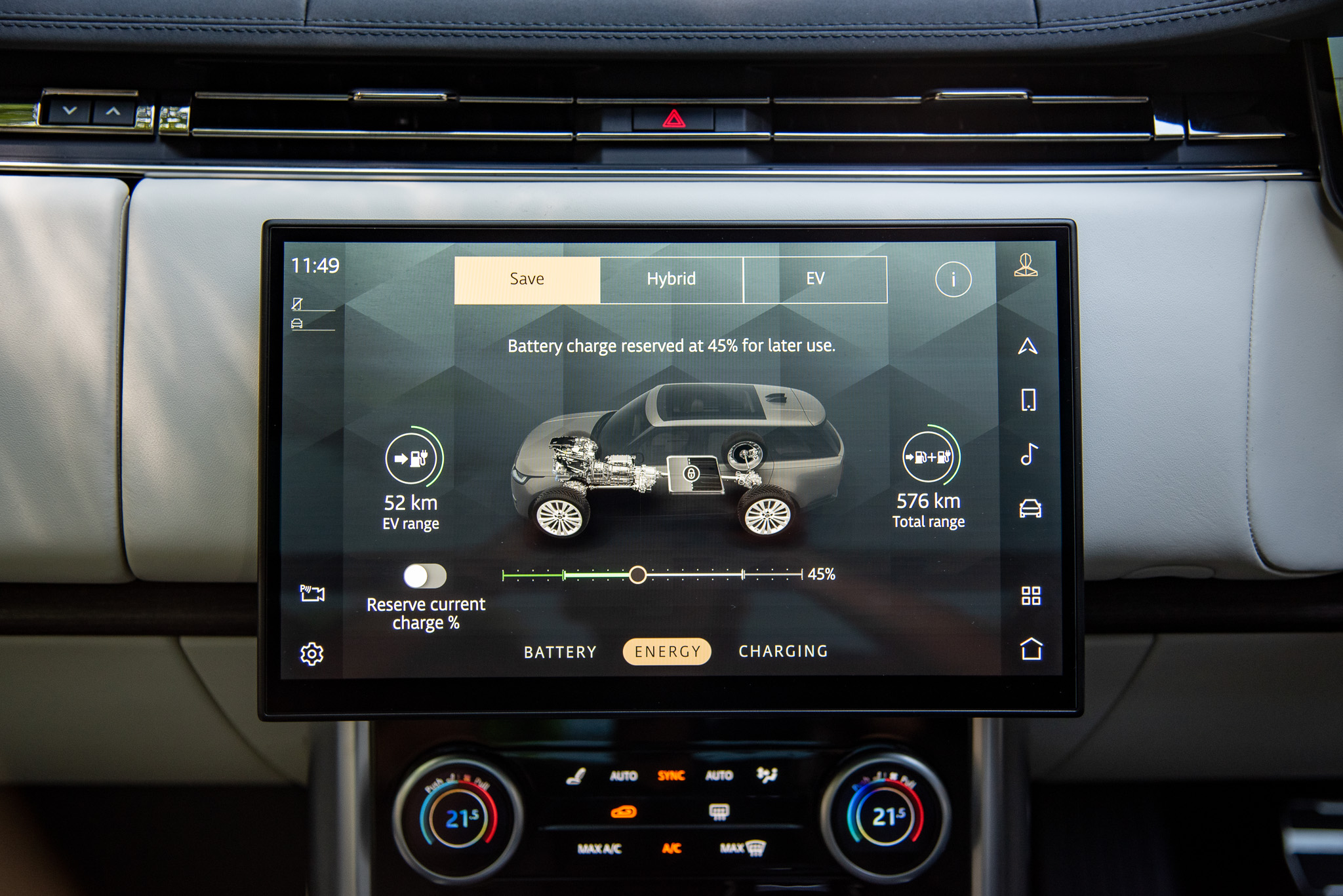
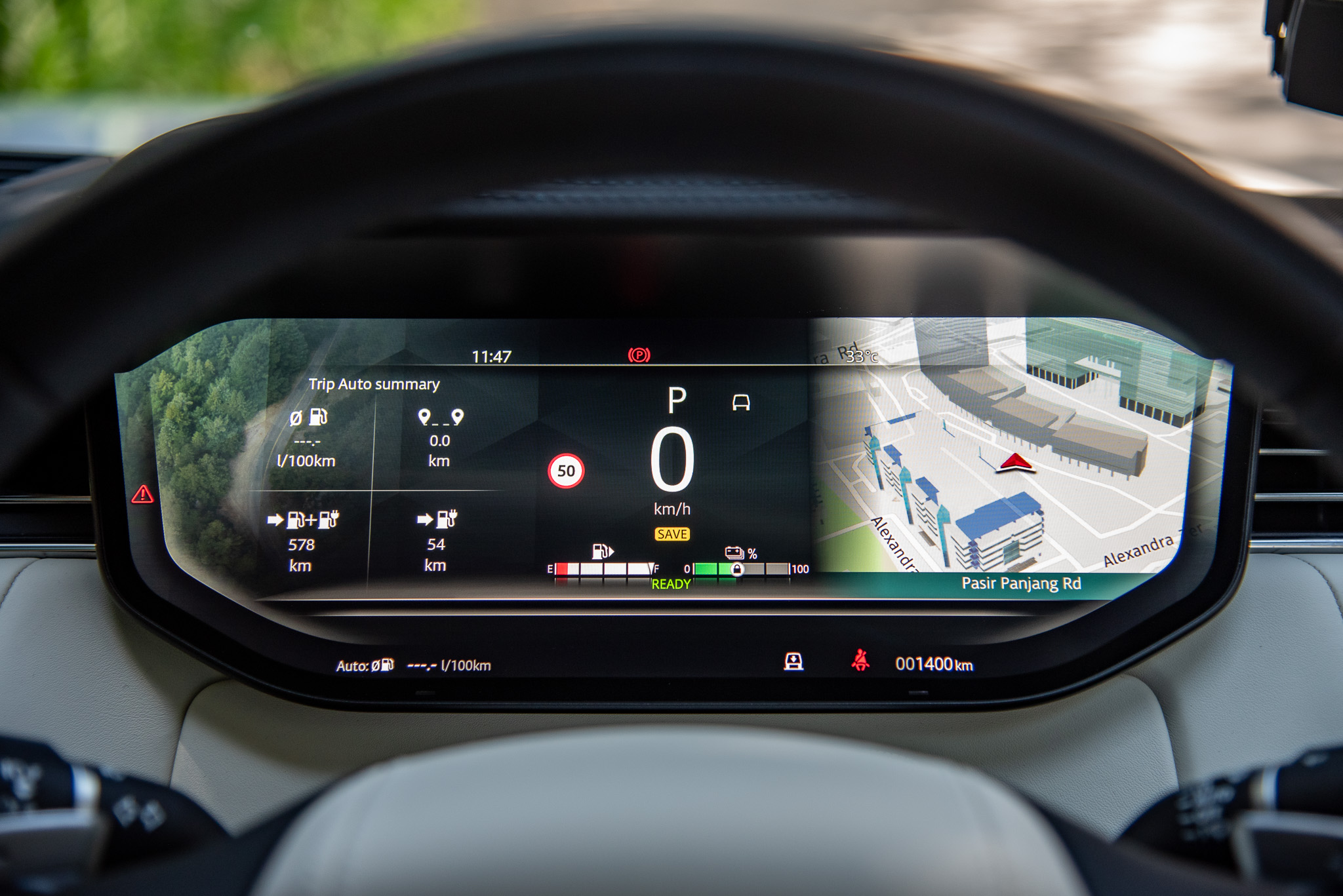
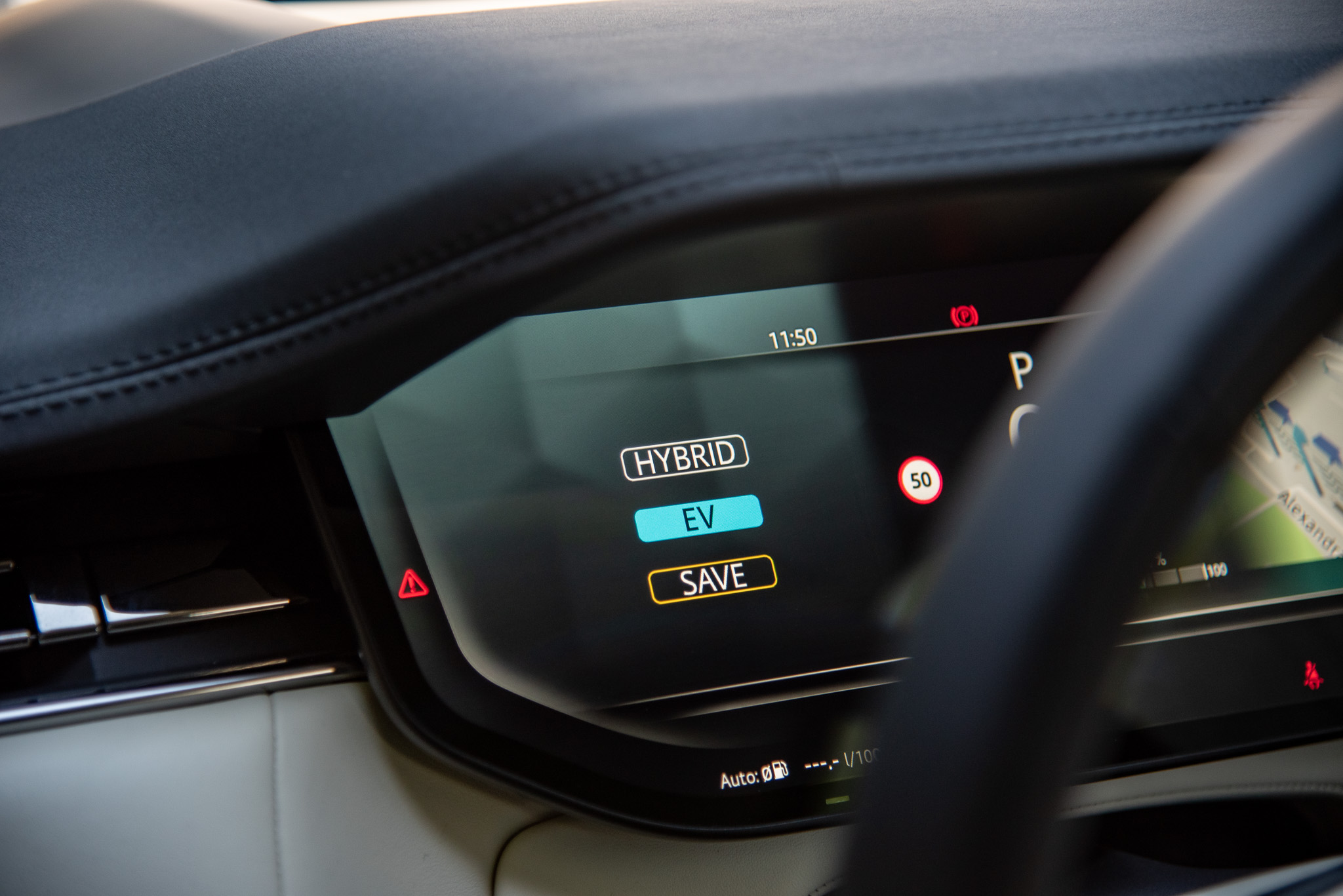
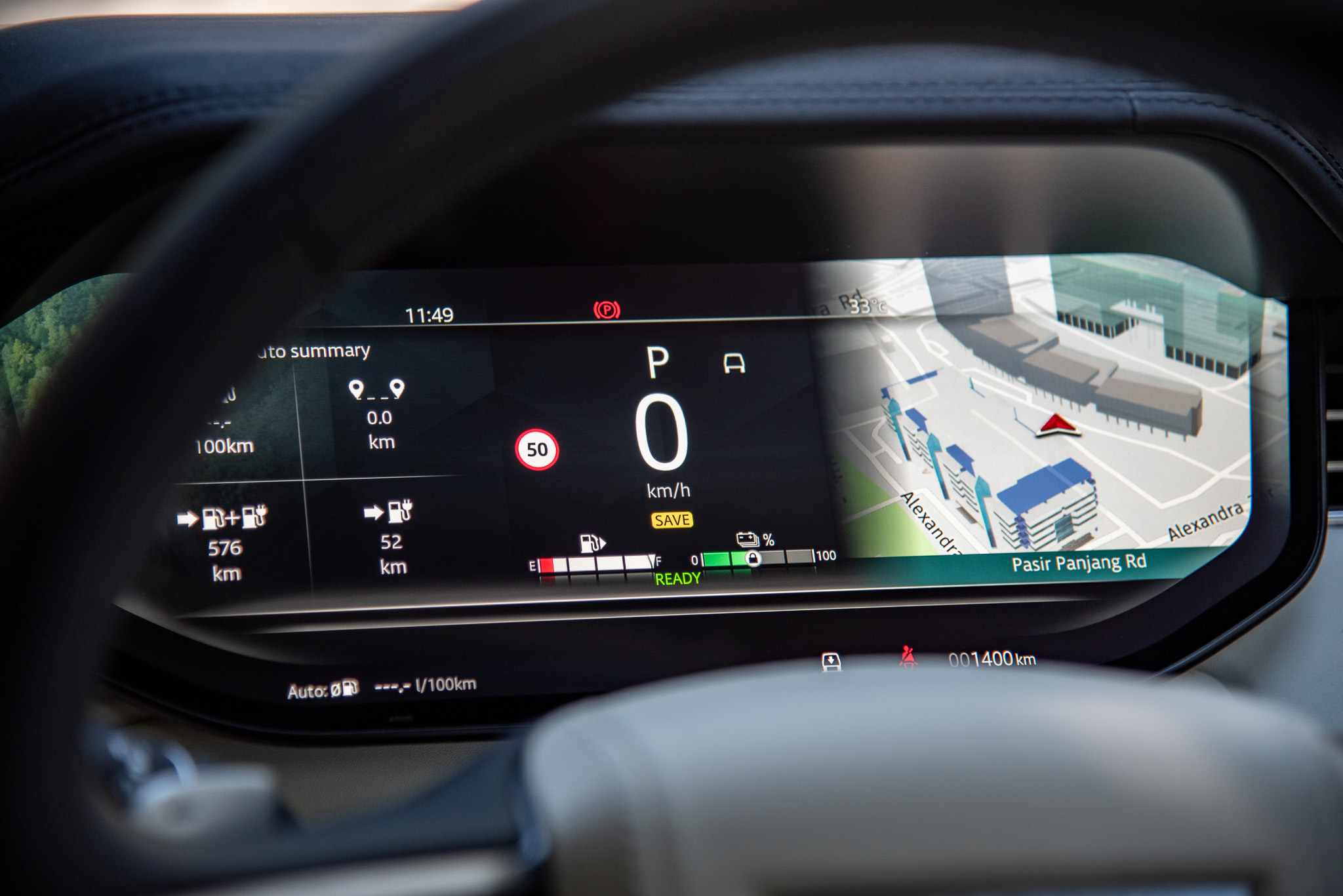
Otherwise, the P440e SE is familiar Ranger Rover territory with tech and gadgets galore.
Plush, supple leather seats, sublime suspension, lofty driving position and a disconcerting turn of pace when you put your (right) foot down are all par for the course.
After all, 6secs flat from 0-100km/h in a leviathan that borders on 2.8-tonnes is a sight to experience and behold.
There’s a majestic road presence to a Range Rover that is hard to ignore, especially when you spot its grille in your rearview mirror bearing down on you.
Its regal bearing is such that it doesn’t need to sport any garish addenda or have a loud exhaust to attract the eyeballs, because your gaze gravitates naturally to its evergreen silhouette.
Driven or self-drive, the Range Rover acquits itself remarkably well. As a passenger, you’re cosseted in plush comfort as the suspension absorbs the world’s imperfections with aplomb.
The default mode is all-electric, which adds to the waftability factor immeasurably, but switching it to Dynamic or with more than half-throttle, the 6cyl kicks-in to deliver the goods as full petrol-electric thrust engages.
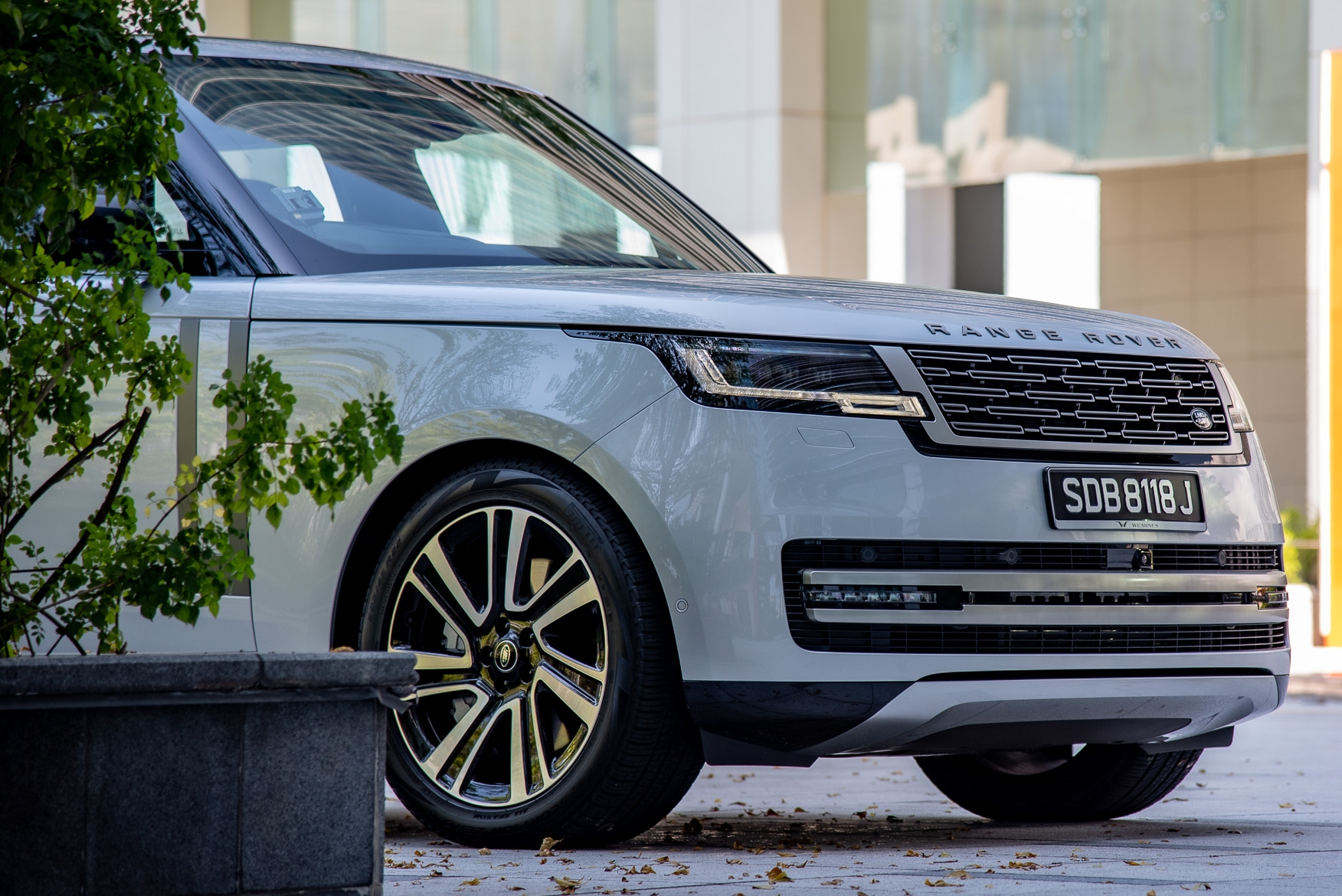
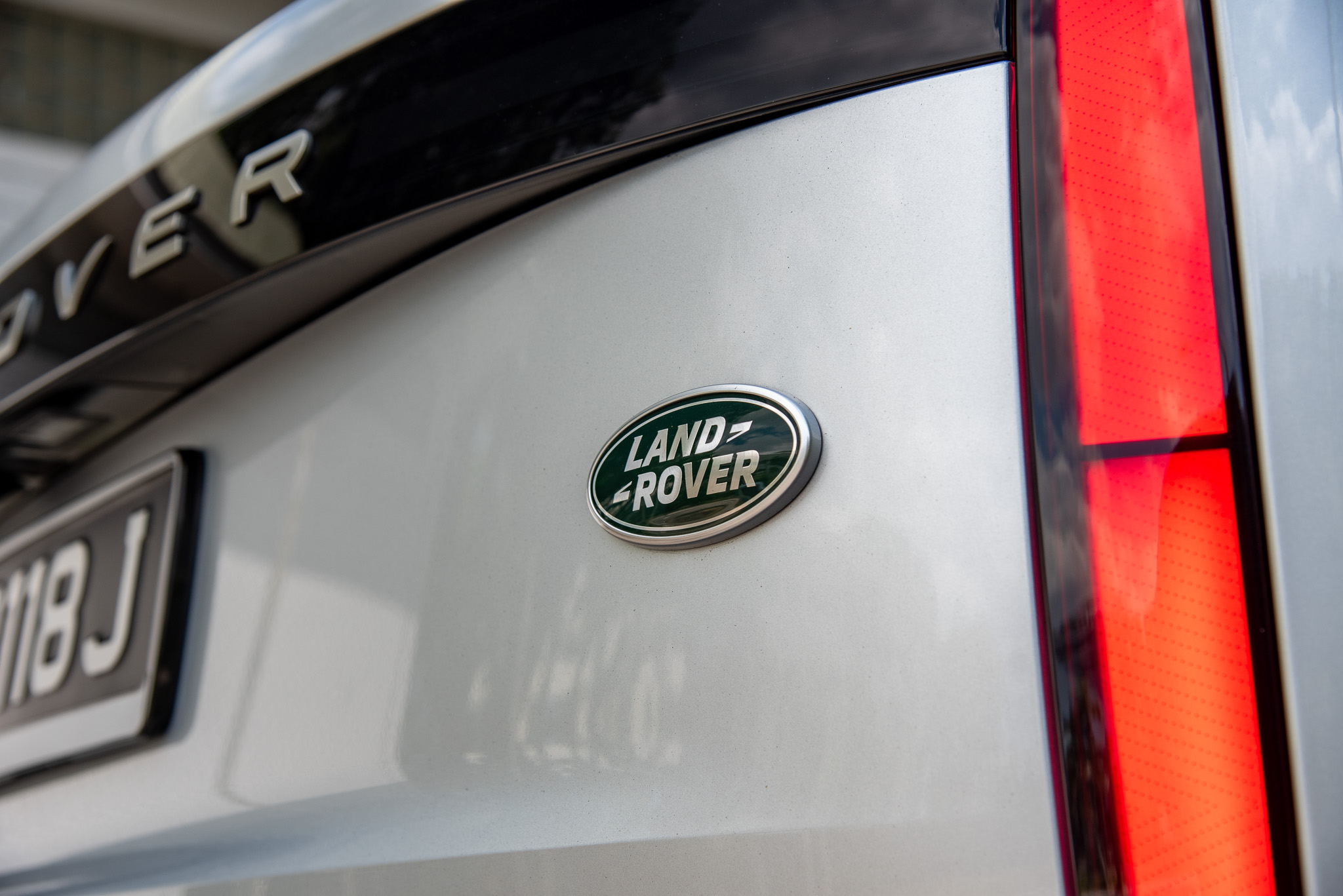
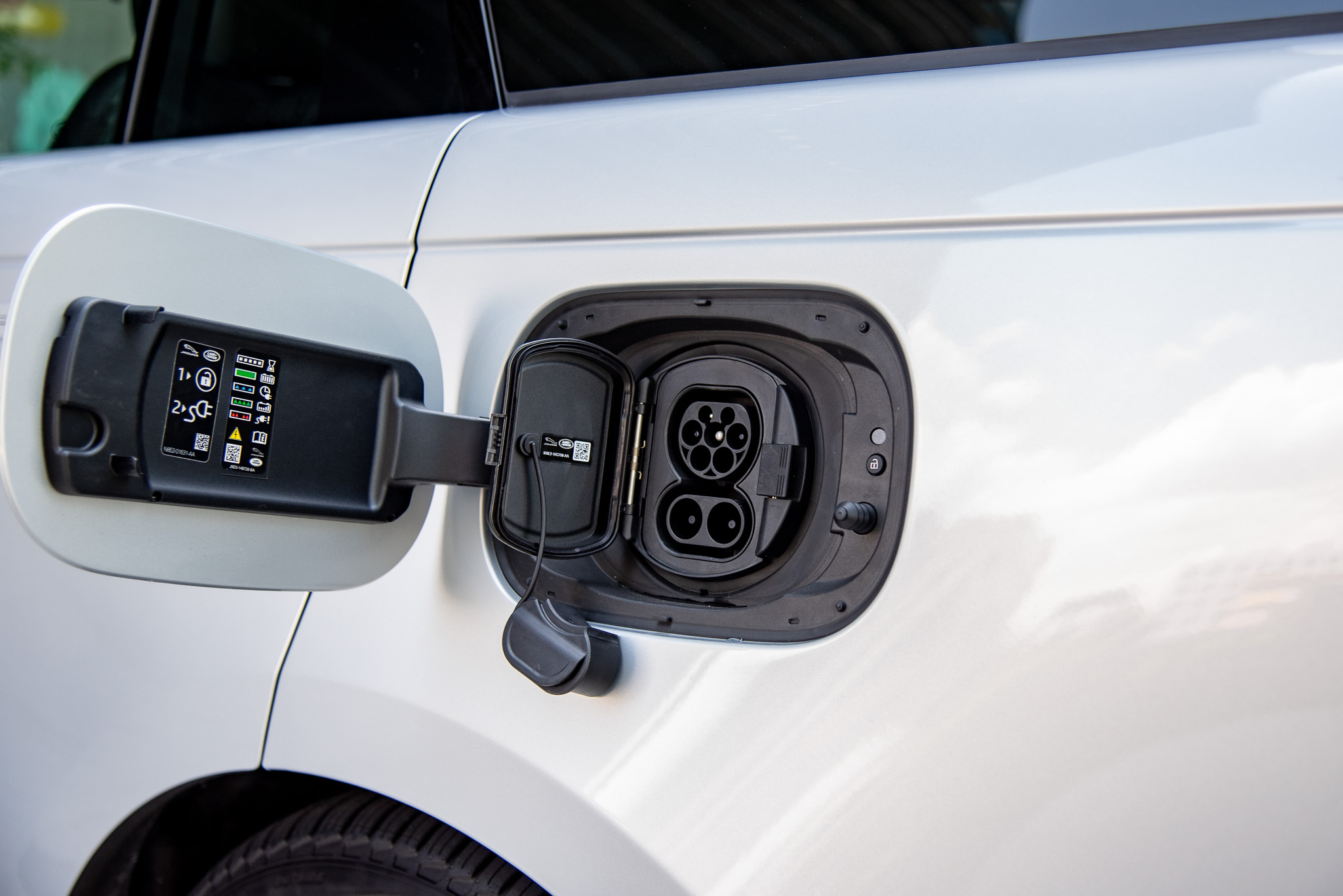
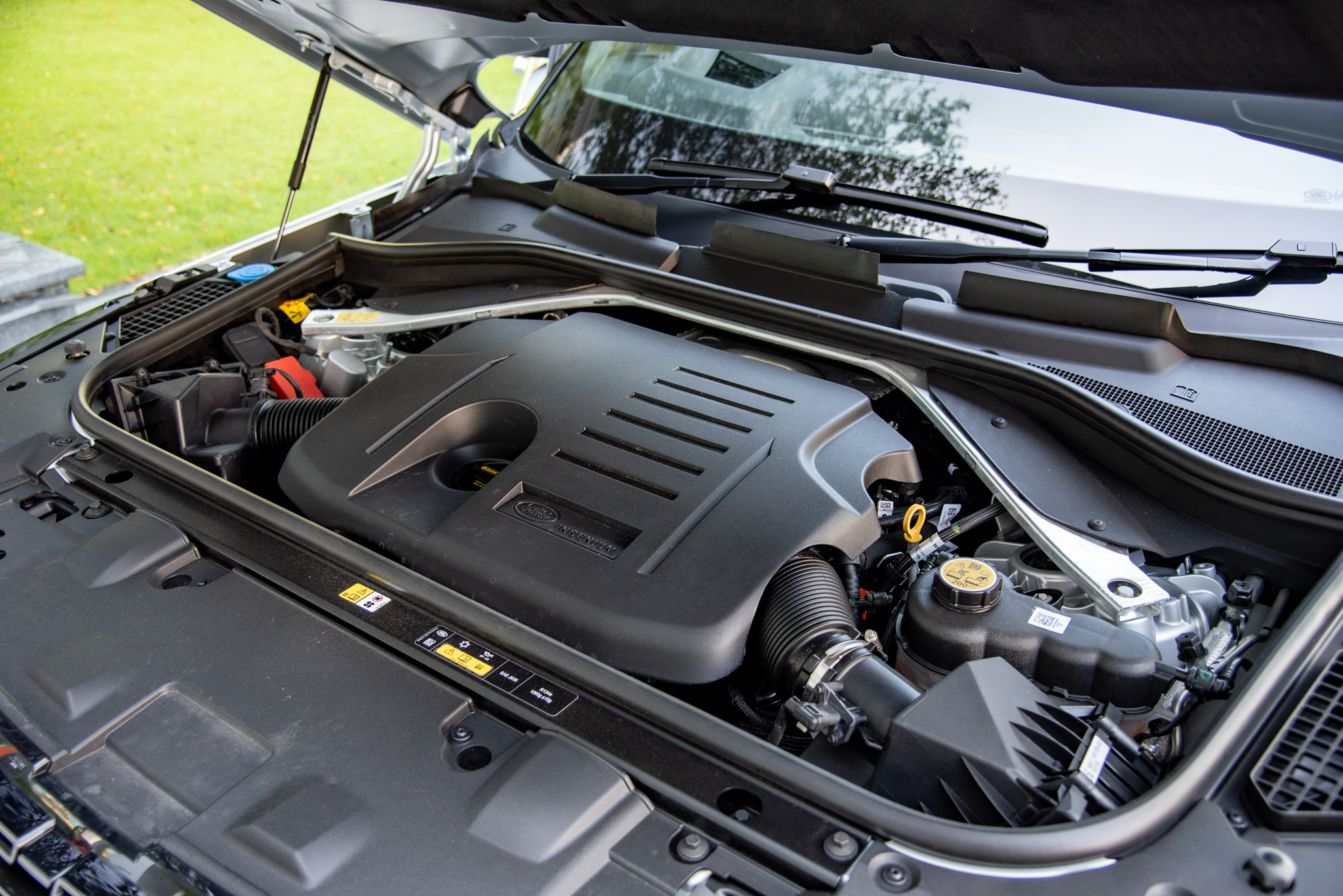
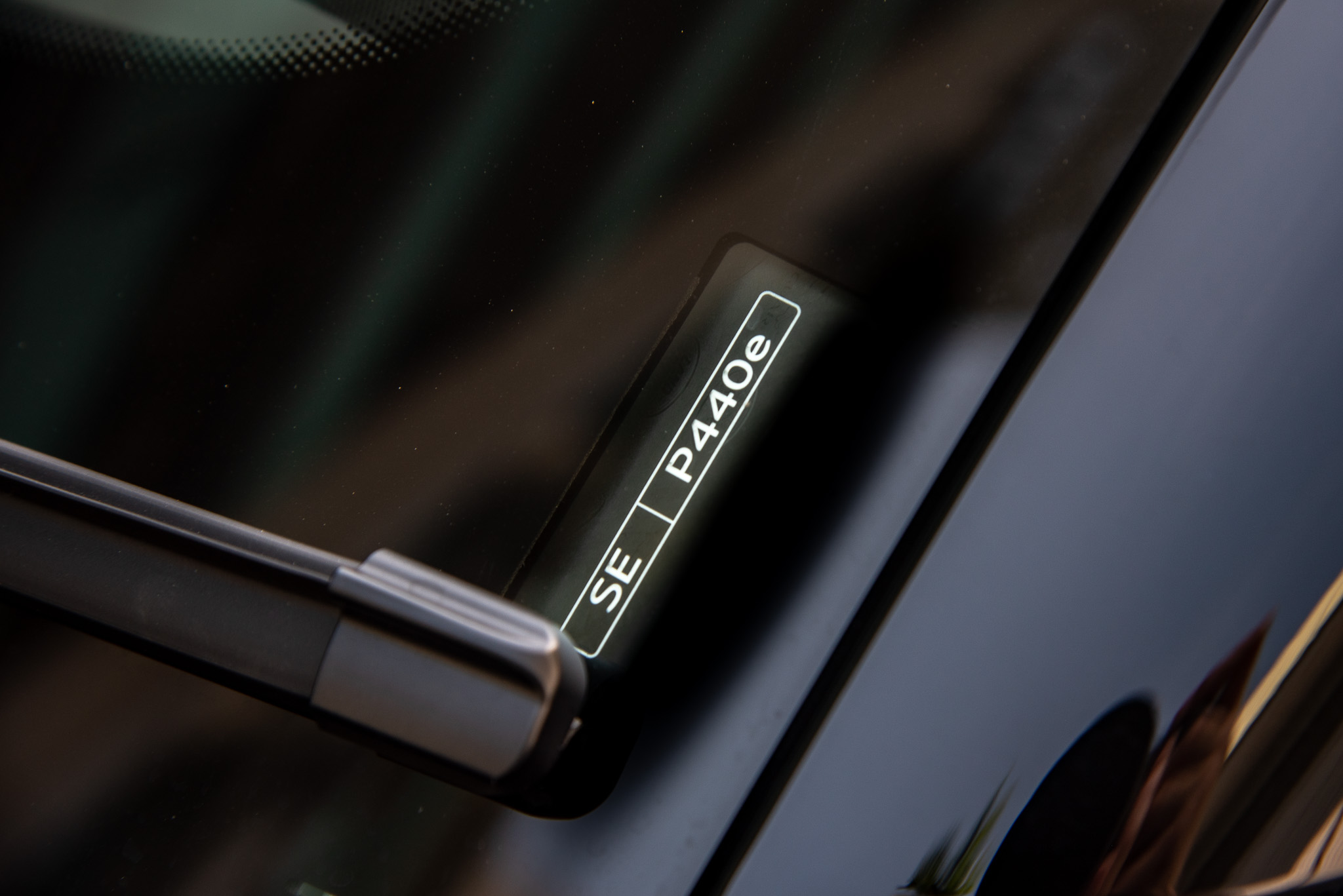
On the other hand, as a driver, the big Rangie proves surprisingly responsive (far more responsive than its 5m length and 3m wheelbase might otherwise suggest), especially with all-wheel-steer, which is standard equipment on the P440e.
It’s not at all ponderous, because the all-wheel-steer contributes to the sense you’re at the helm of a vehicle with a much shorter wheelbase.
The big Rangie is no race-car, but if you’re smooth and slow-in-fast-out, you’ll be able to maintain a brisk, uninterrupted pace throughout most of your journey.
A godsend for such a ginormous vehicle is the suite of surround cameras that lets you check there aren’t pets, small children or camera gear (long story!) underfoot when you’re manoeuvring around your compound.
Thankfully, with an oversized panoramic roof and a generally large glass area all-around, the cabin never feels anything other than light and airy.
If there’s a need for privacy, the electronic rear side blinds do a great job of keeping the rear occupants out of sight from prying eyes.
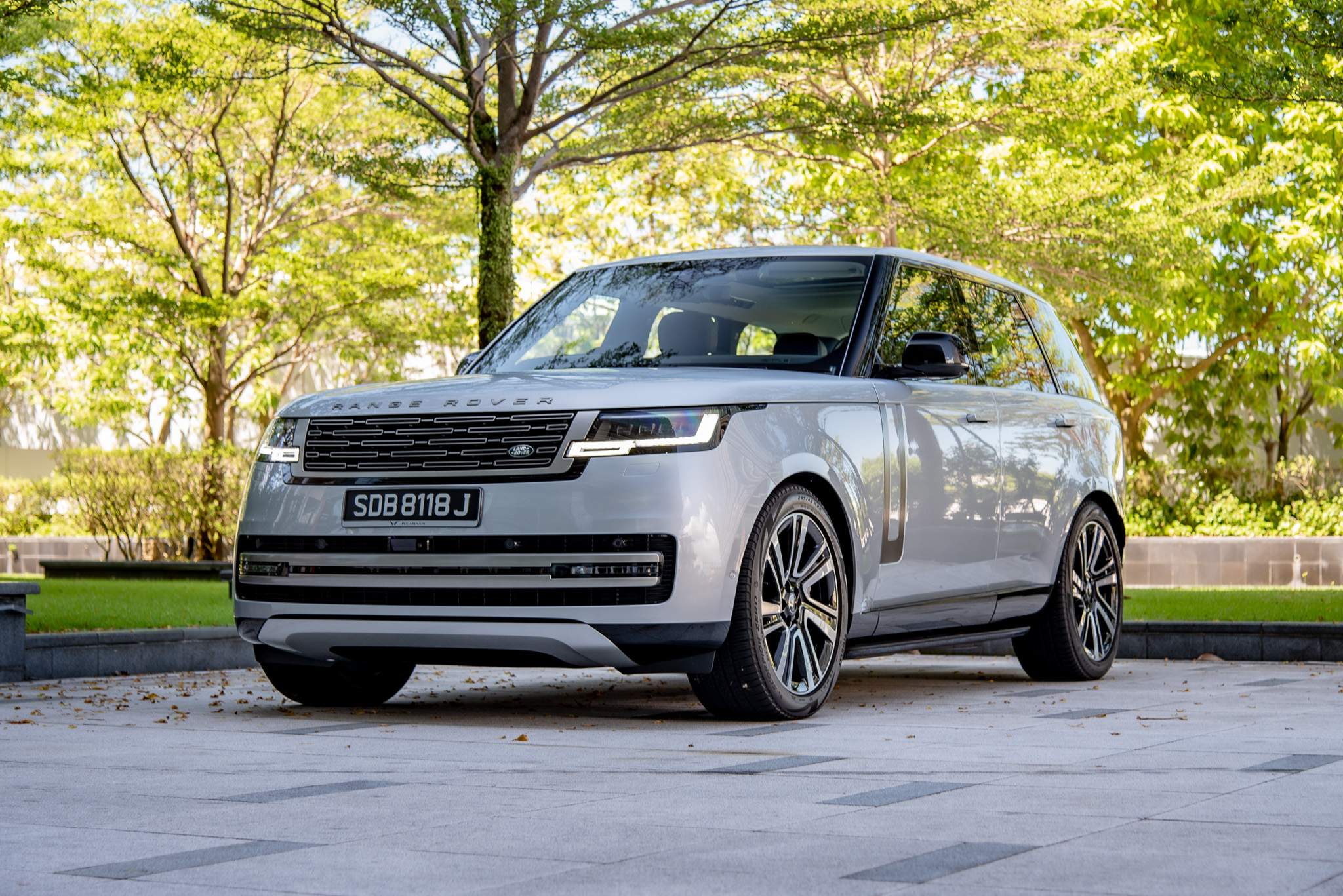
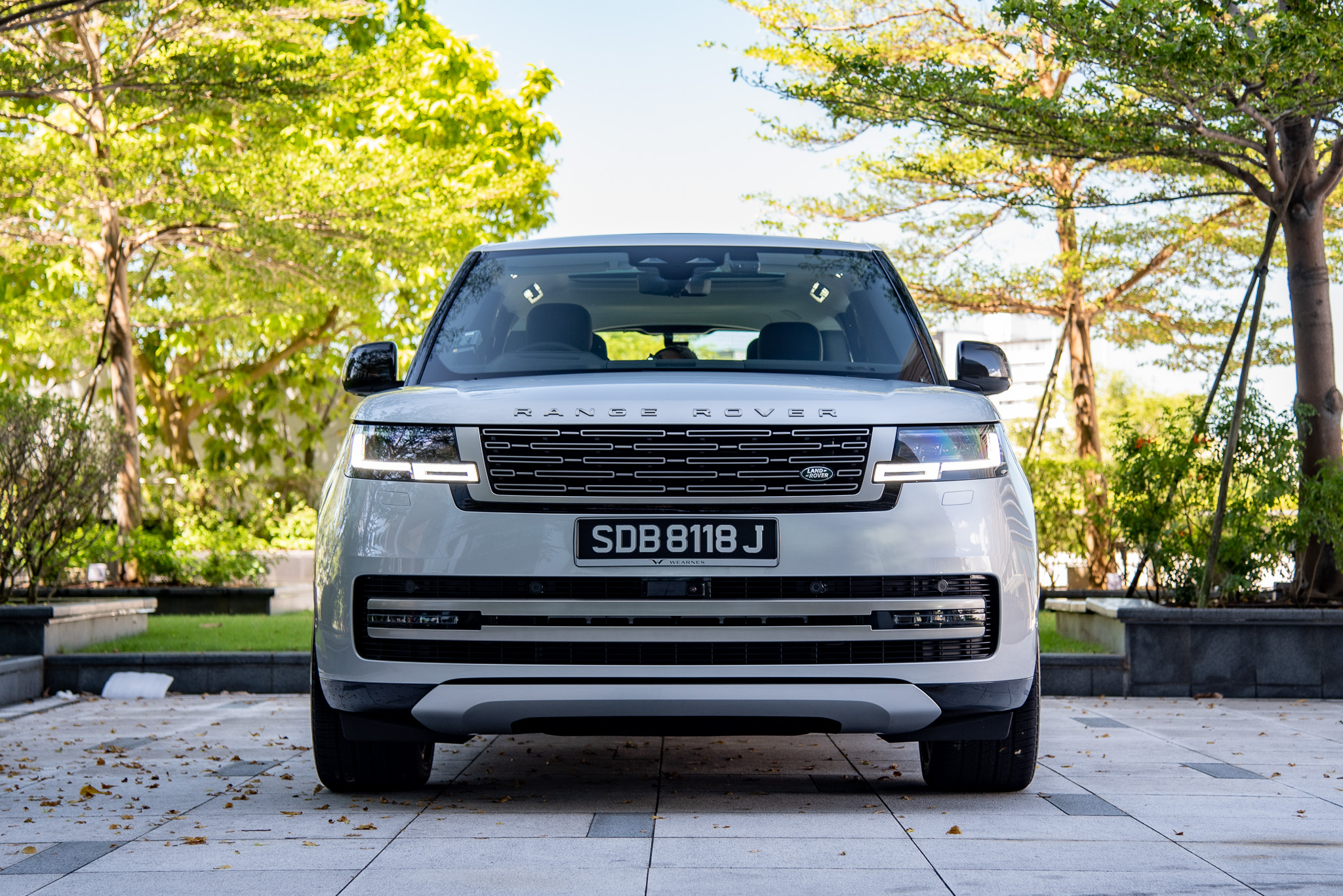
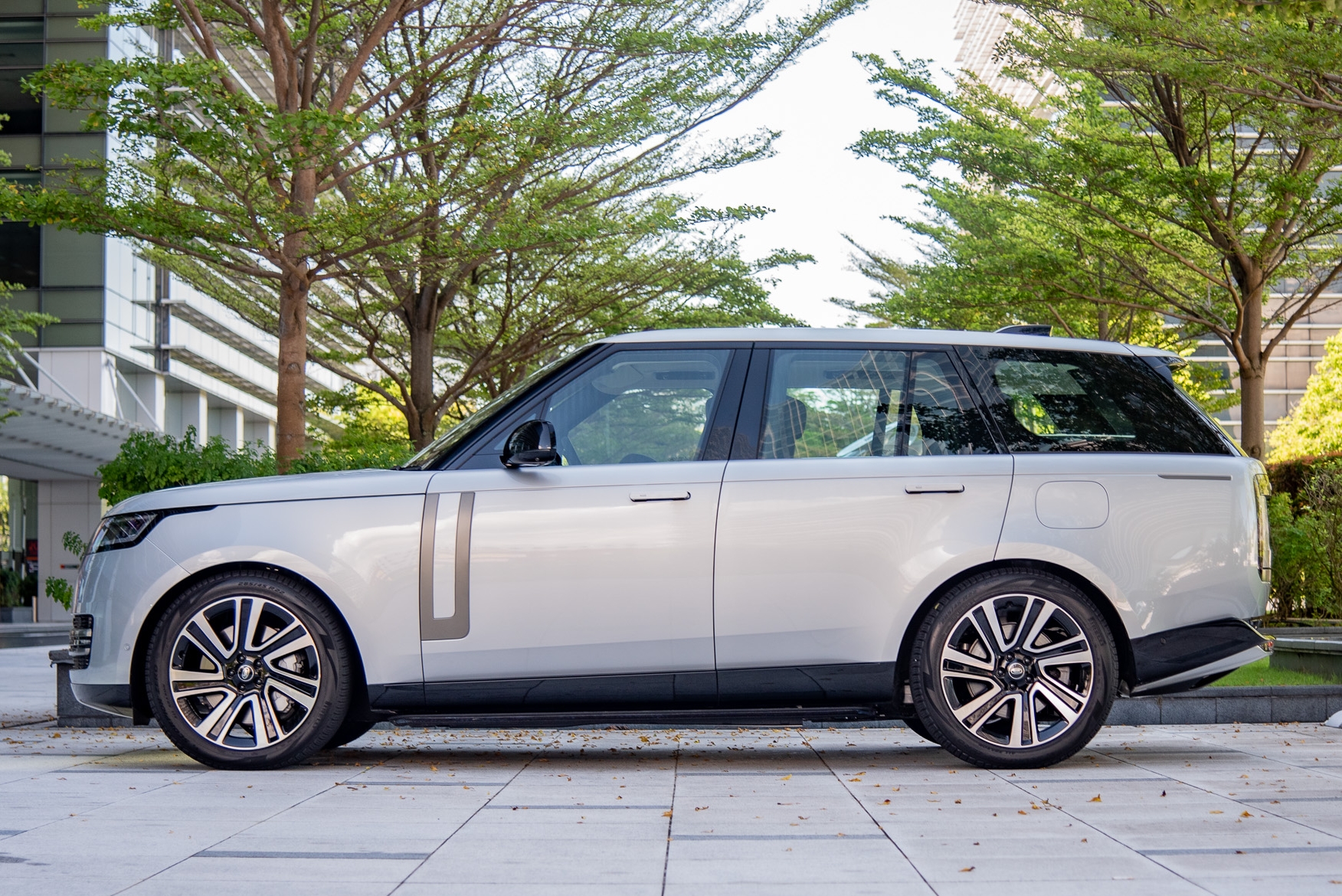

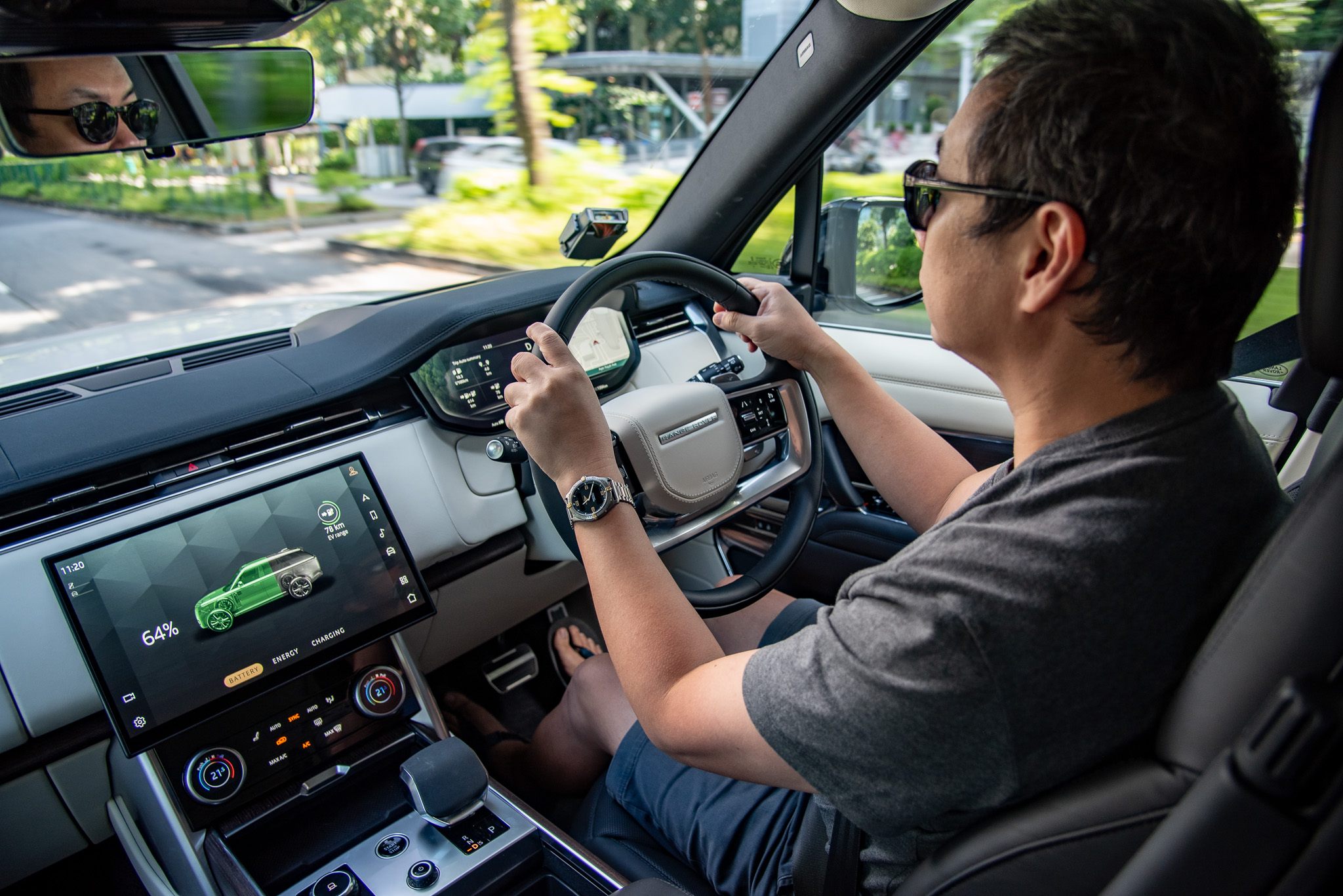
Many brands attempt to replicate this formula of posh practicality, but very few manage it.
If we’re talking thoroughbred luxo-barge utility vehicles, there are just the two RRs of note – the Cullinan and the Range Rover Range Rover (no typo there!).
However, with the Cullinan nudging S$2m, the Rangie begins to look like a 'real steal' for what it offers at less than half that.
It’s hard to beat the Rangie’s compelling blend of stiff upper lip poshness and rough and ready practicality.
The latter encompasses towing prowess, a commodious loading area (with both full powered tailgate and split-backstop) and an indomitable ability to go everywhere, anytime and in any weather… and you can take all this to the bank!
PHOTOS Jay Tee
Range Rover P440e 3.0 SE PHEV
Engine 2996cc, inline6, twin-charged
Battery Capacity 38.2kWh
Electric Motor 105kW
(System) Power / rpm 440hp / 5500 - 6500 rpm
(System) Torque / rpm 620Nm / 1500 - 5000 rpm
Transmission 8spd auto
0-100km/h 6secs
Top Speed 225km/h
Fuel Consumption 1.7l / 100km
Electric Consumption 26.7kWh/100km
CO2 146g/km
